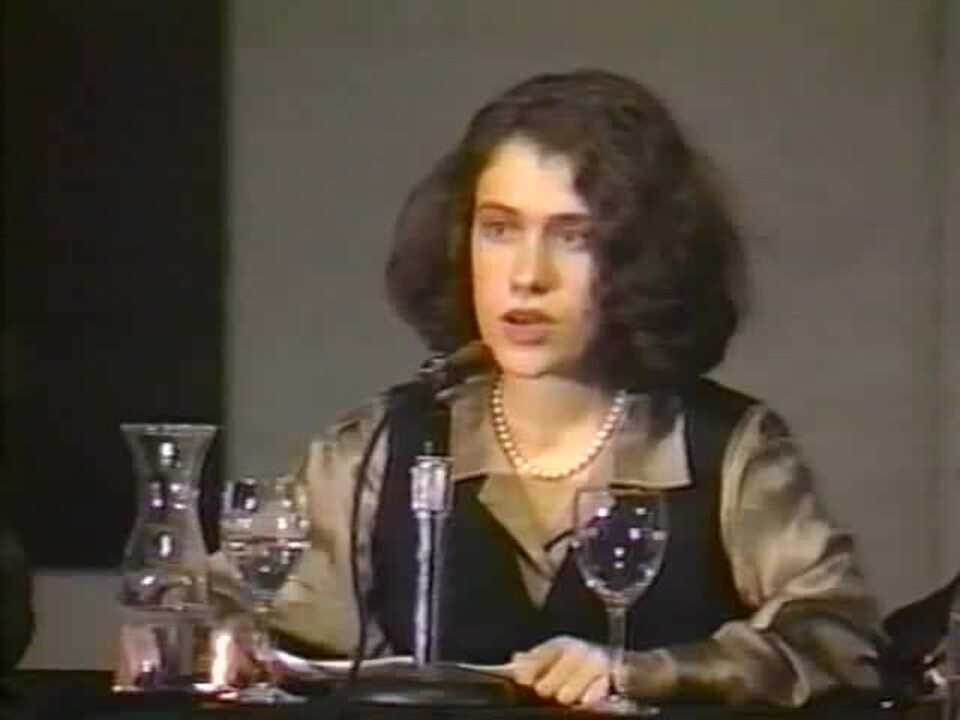Breadcrumb
This resource is part of:
- Chapter 1 The Individual and Society
- Chapter 2 We and They
- Chapter 3 World War: Choices and Consequences
- Chapter 4 The Weimar Republic: The Fragility of Democracy
- Chapter 5 The National Socialist Revolution
- Chapter 6 Conformity and Consent in the National Community
- Chapter 7 Open Aggression and World Responses
- Chapter 8 A War for Race and Space
- Chapter 9 The Holocaust
- Chapter 10 Judgment and Justice
- Chapter 11 Legacy and Memory
- Chapter 12 Choosing to Participate
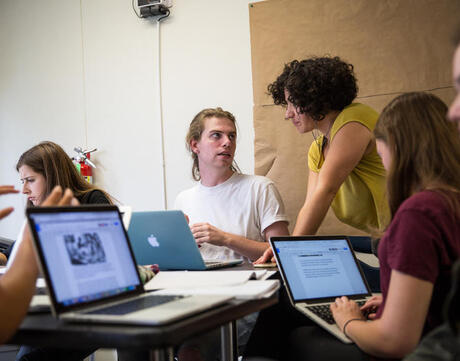
Recommended Resources for Holocaust and Human Behavior
Subject
- History
Grade
6–12Language
English — USPublished
In this lesson
Overview
About This Collection
This collection is designed to support your exploration of Holocaust and Human Behavior. It features over 100 classroom-ready resources, including video documentaries and eyewitness testimony. Use these resources to connect your study of the Holocaust to related histories and ideas.
This collection contains all of the resources recommended in Holocaust and Human Behavior, organized by chapter.
- 86 videos
- 13 lessons
- 1 units
- 1 collections
- 5 books
Inside This Collection
Chapter 1: The Individual and Society
The Complexity of Identity
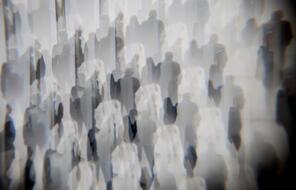
The Bear That Wasn't
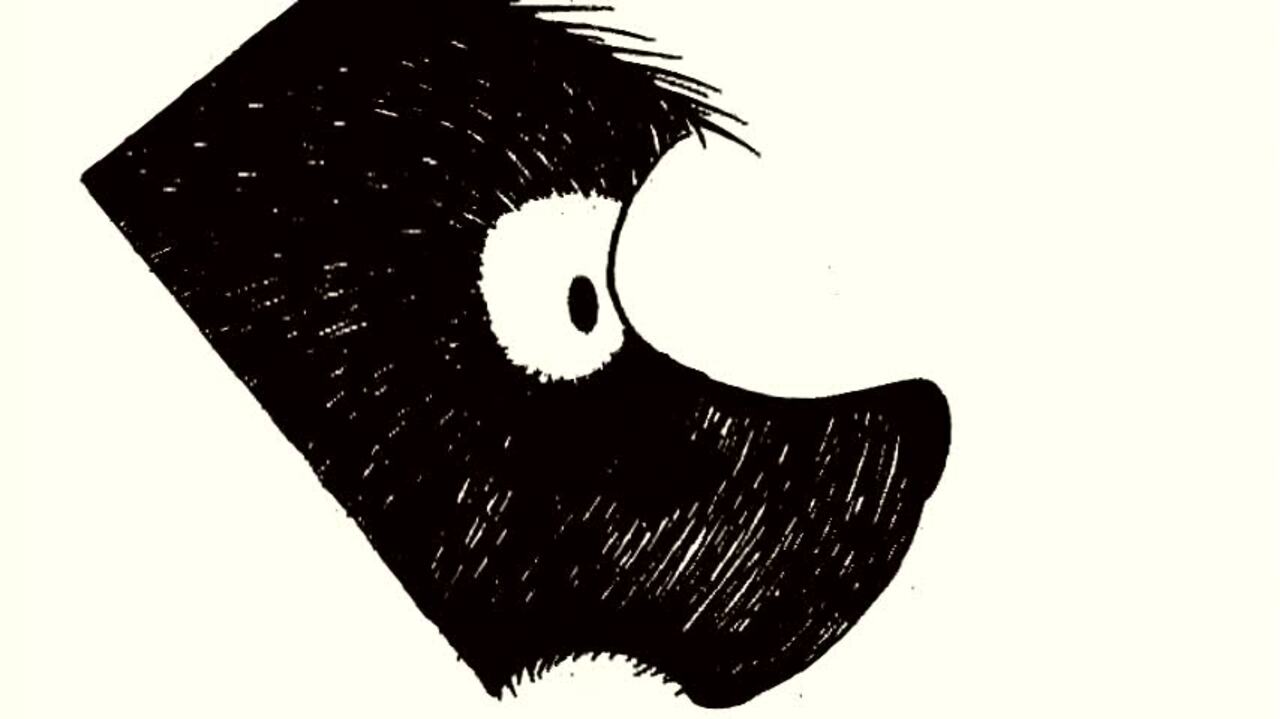
A Class Divided
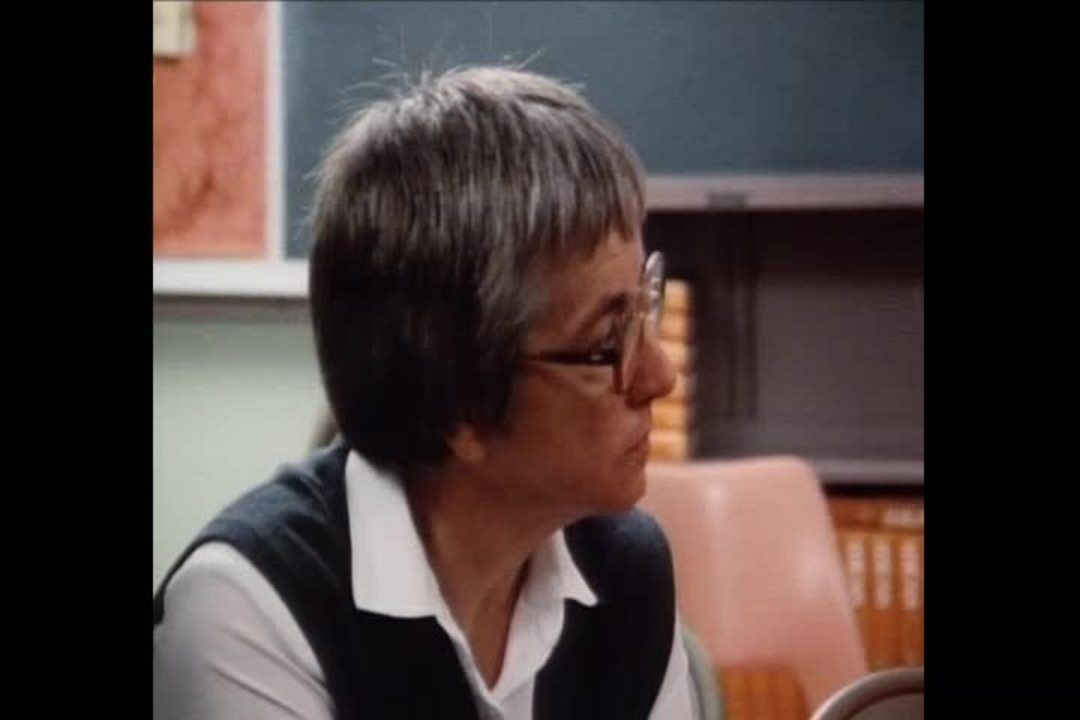
How Stereotypes Affect Us and What We Can Do
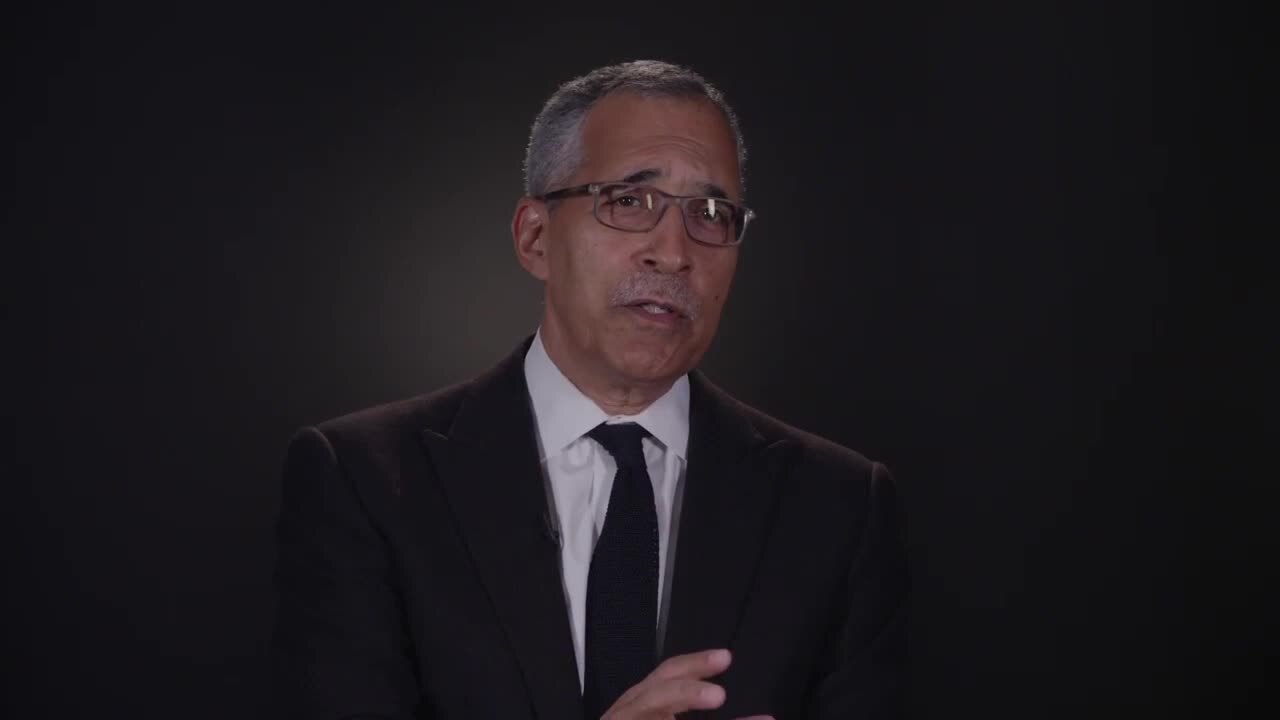
Jonathan Lykes Performs "Perception"

How Social Environments Shape Behavior

Day of Learning 2013 - Binna Kandola: Diffusing Bias
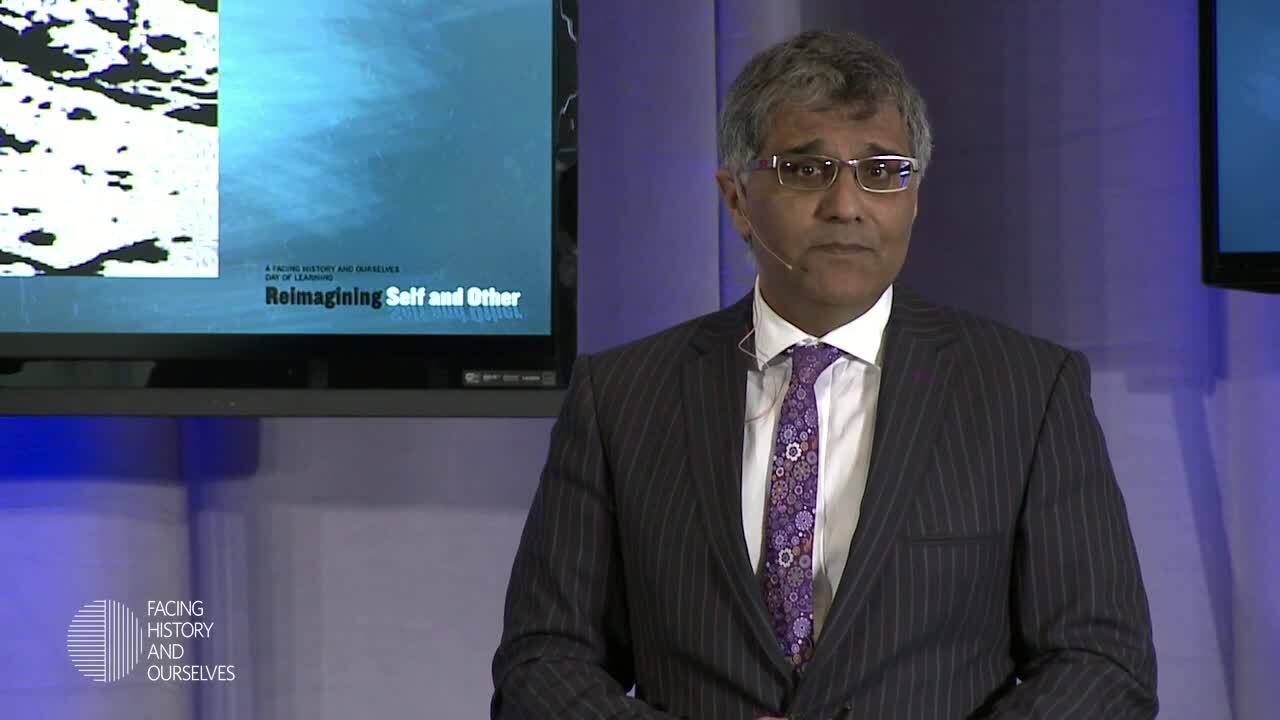
Little Things Are Big: Jesús Colón
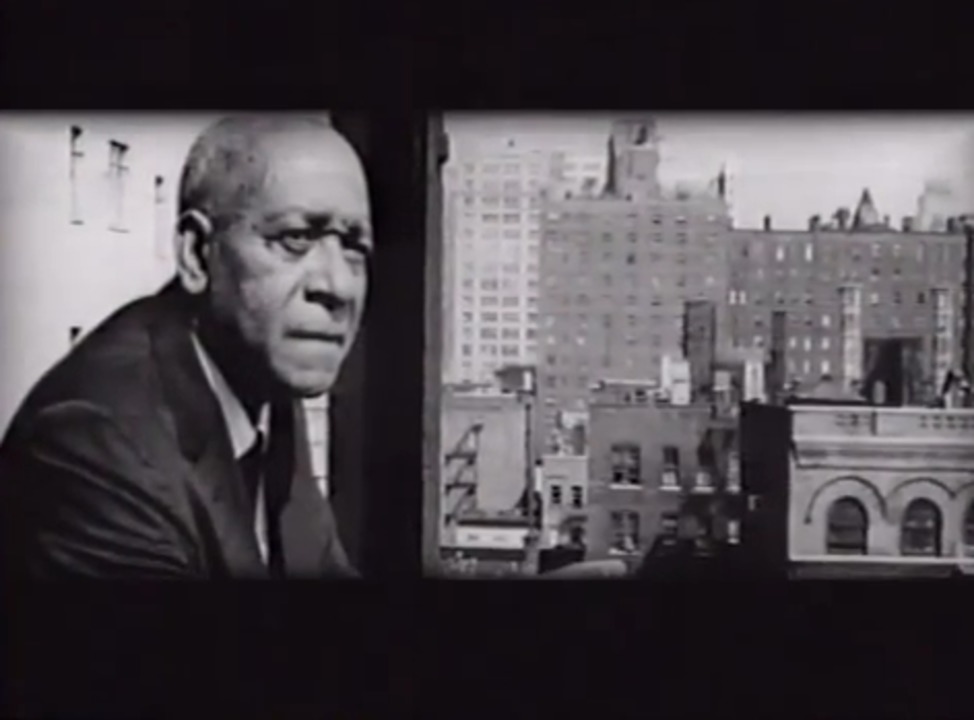
Chapter 2: We and They
Understanding Universe of Obligation
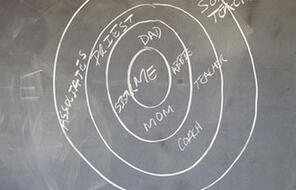
Race and Membership in American History: The Eugenics Movement
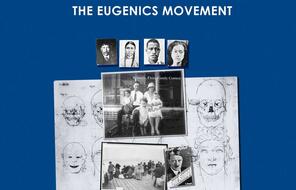
Creating "We and They": Kwame Anthony Appiah
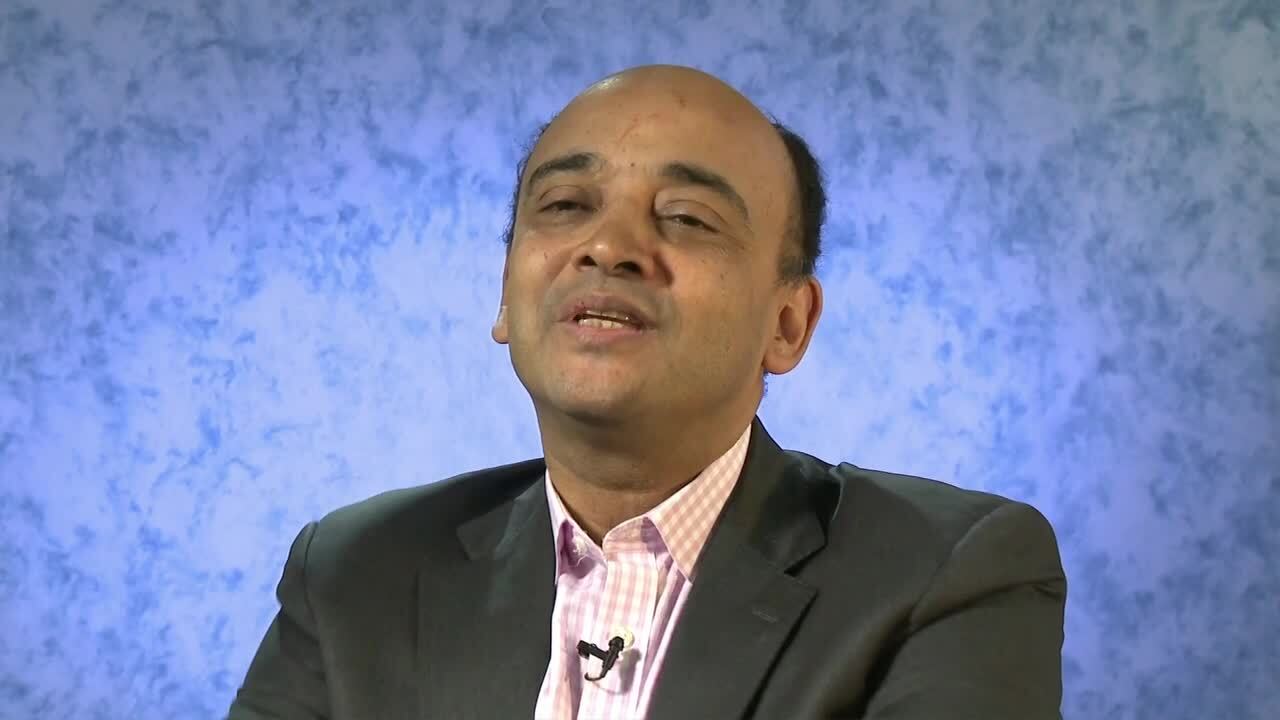
Race: The Power of an Illusion (The Story We Tell)

Genetics, Eugenics, and Ethics

The Ancient Roots of Anti-Judaism
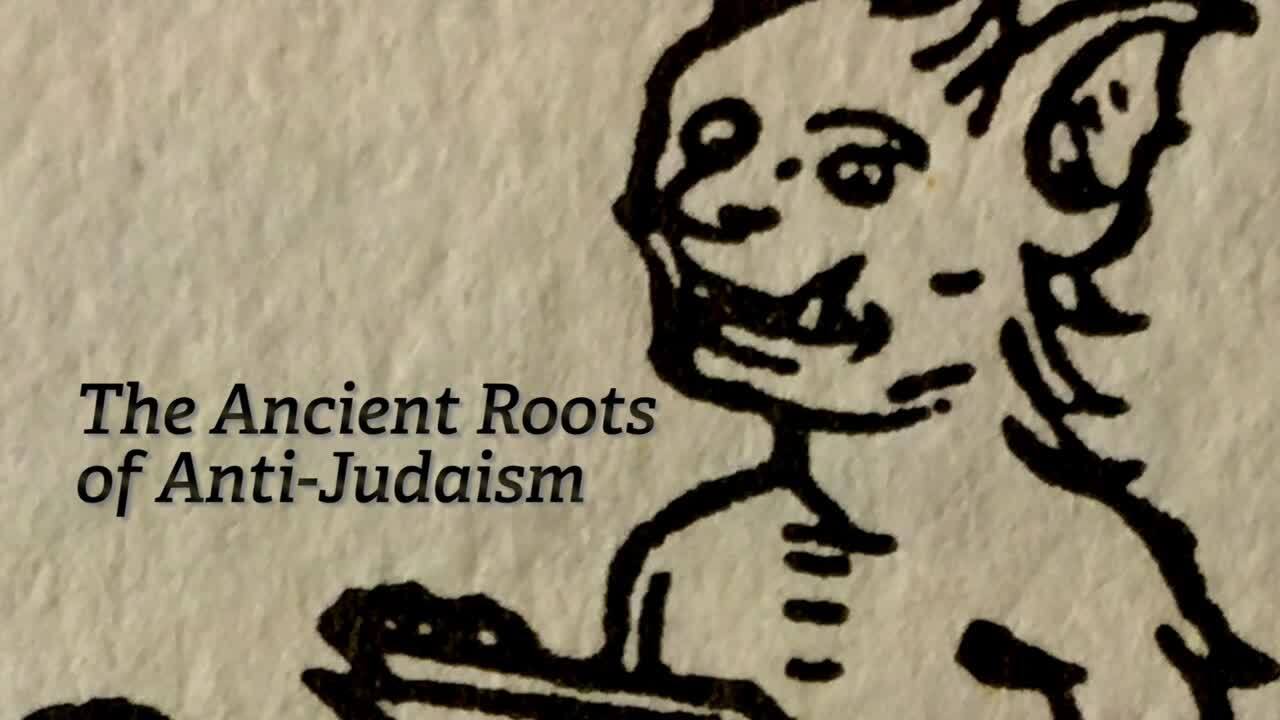
When Does "Us" Turn against "Them”?: Kwame Anthony Appiah
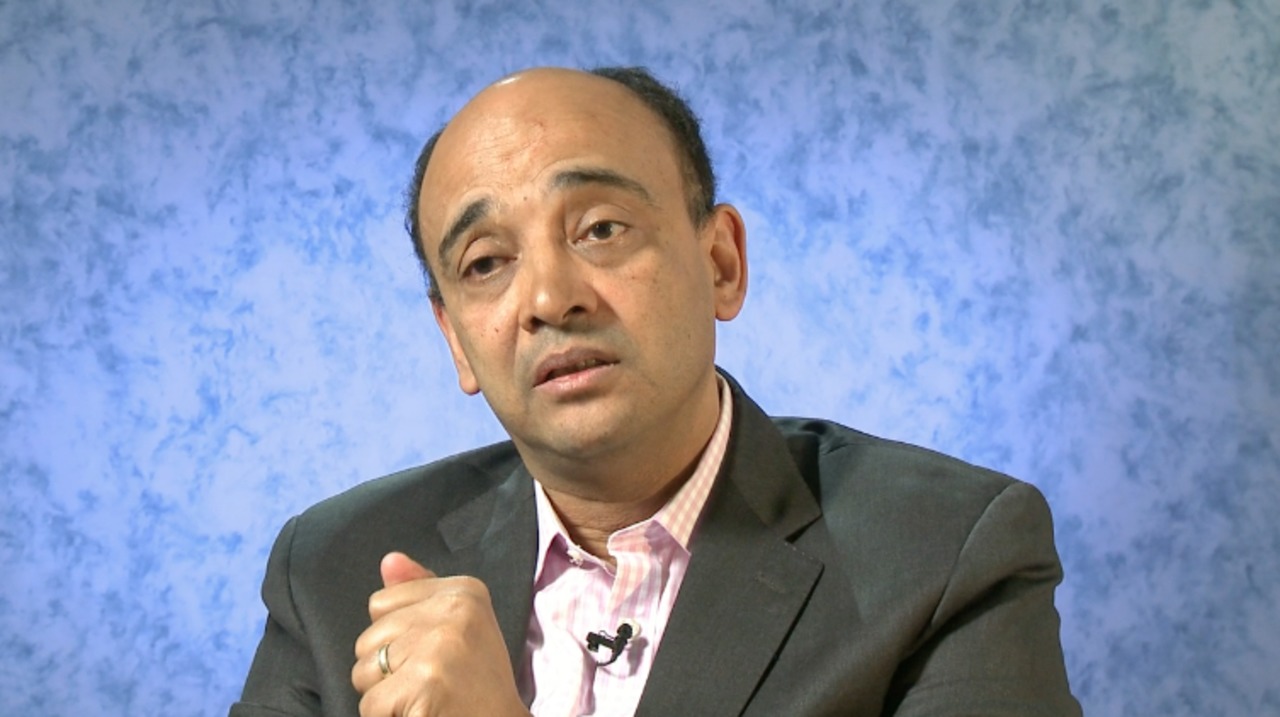
Antisemitism from the Enlightenment to World War I
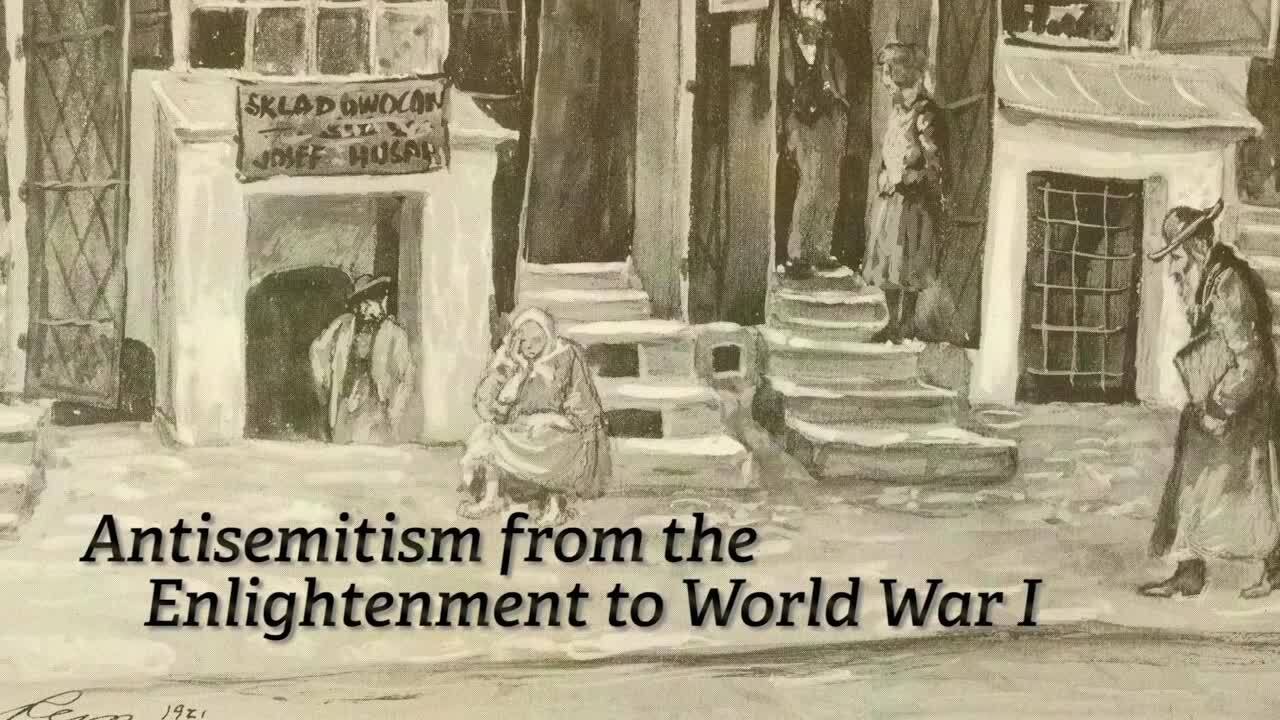
Chapter 3: World War: Choices and Consequences
Analyzing the Effects of World War I
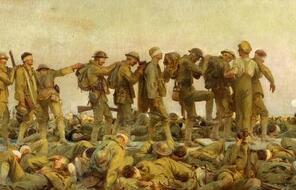
Crimes Against Humanity and Civilization: The Genocide of the Armenians
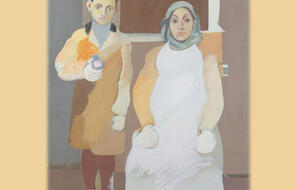
Combat and the Colonies: the Role of Race in World War I
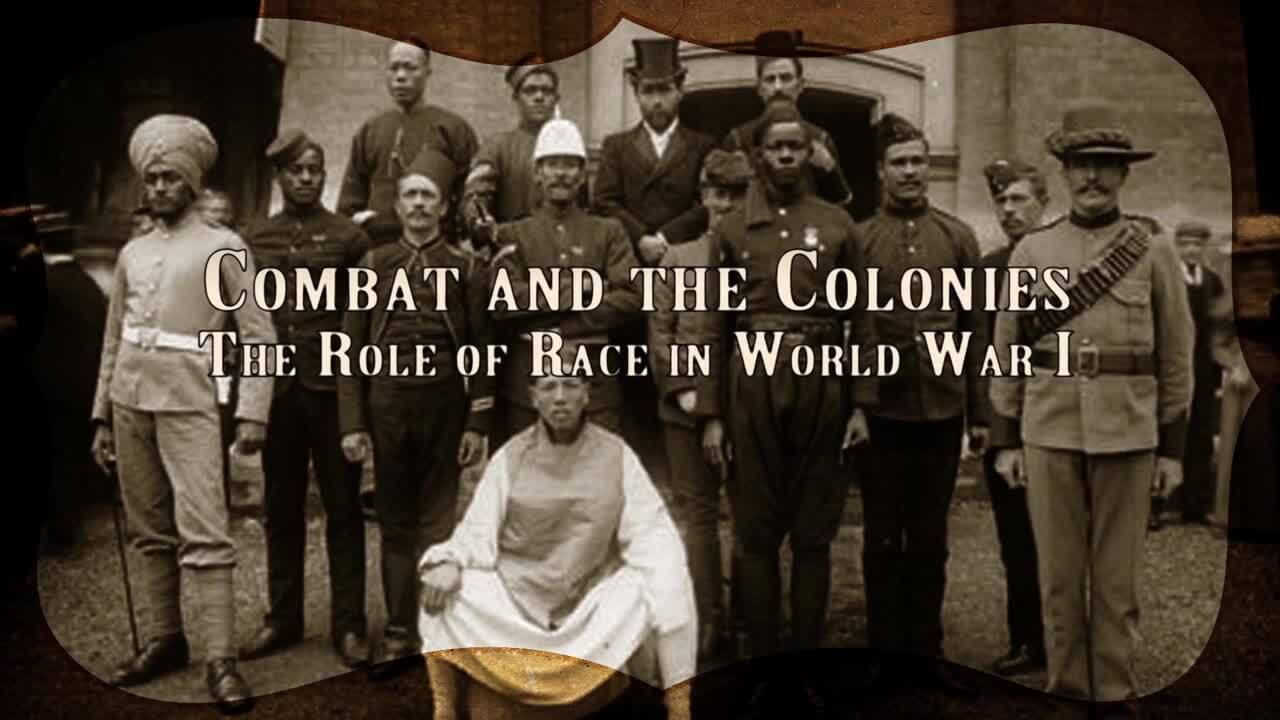
Propaganda during World War I: An Appeal to You!
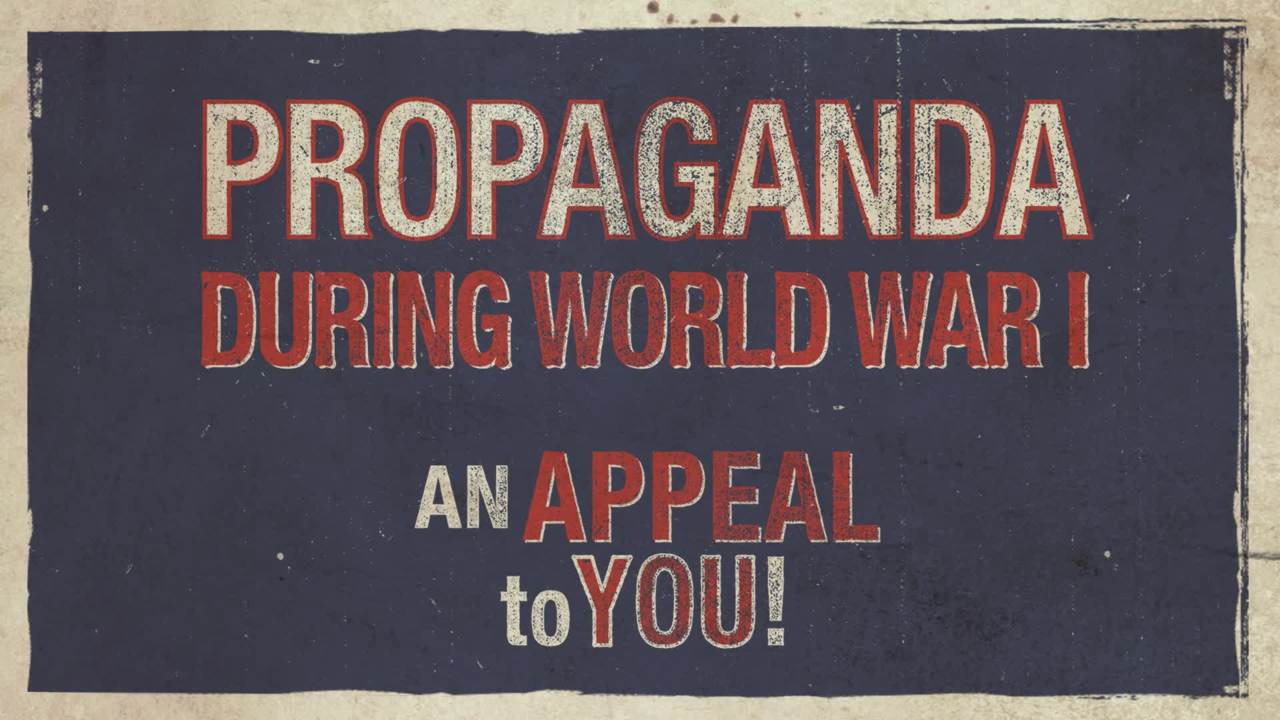
Introducing the Armenian Genocide
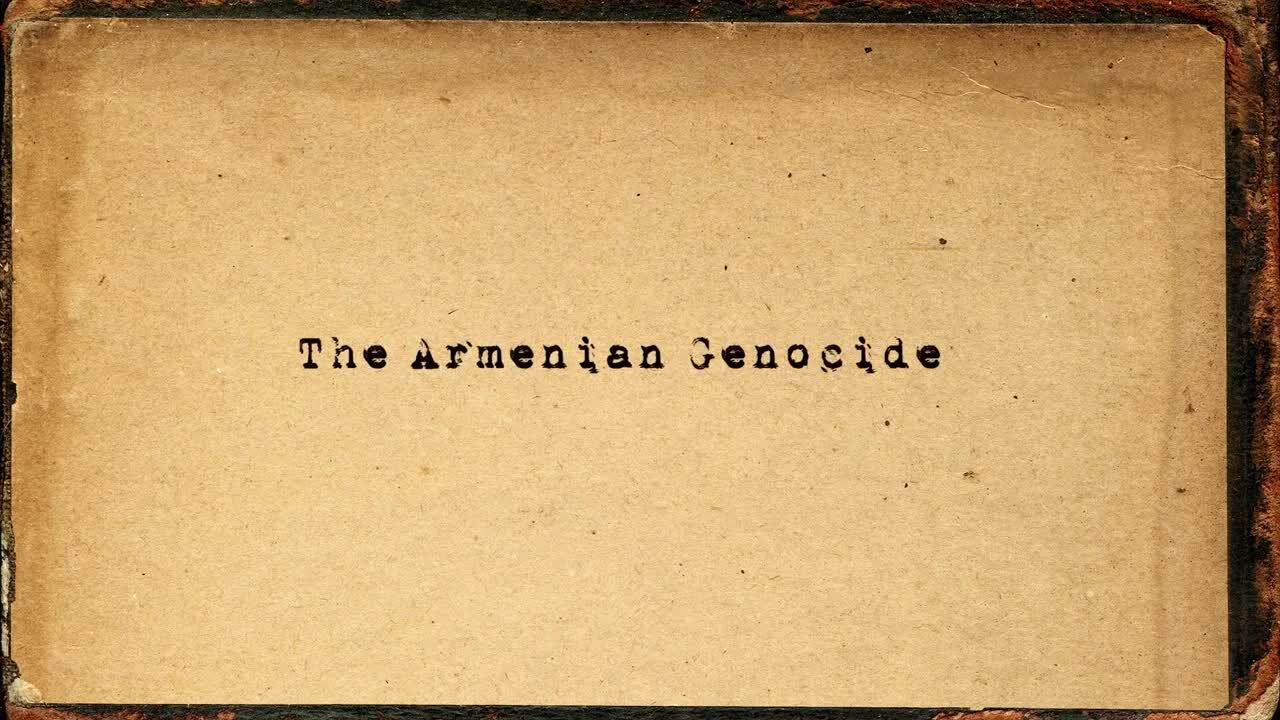
The American Response to the Armenian Genocide
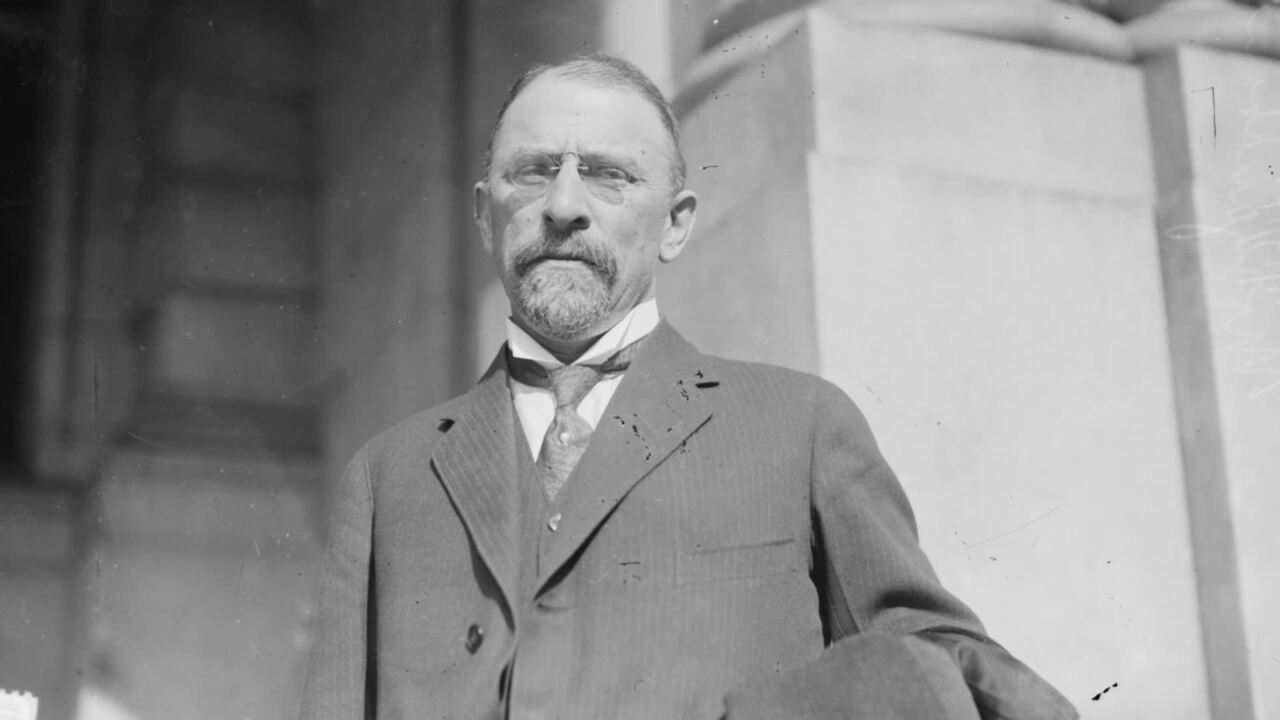
Chapter 4: The Weimar Republic: The Fragility of Democracy
The Weimar Republic: The Fragility of Democracy
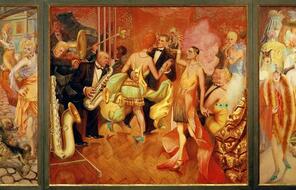
Choices in Weimar Republic Elections

Facing History Scholar Reflections: The Weimar Republic

Hitler's Rise to Power: 1918-1933
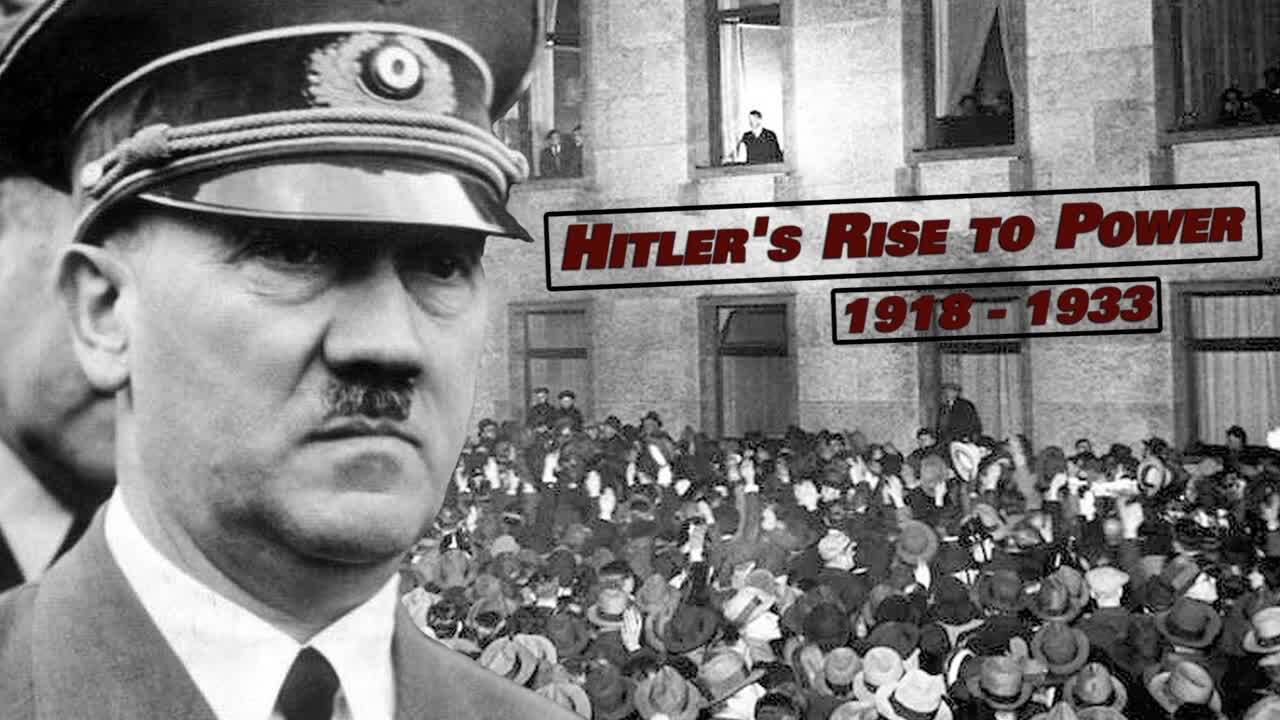
Chapter 5: The National Socialist Revolution
Examining Hitler's First Radio Address
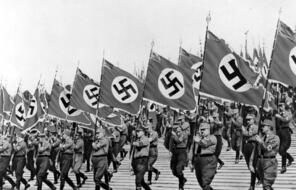
Facing History Scholar Reflections: The Nazi Rise to Power
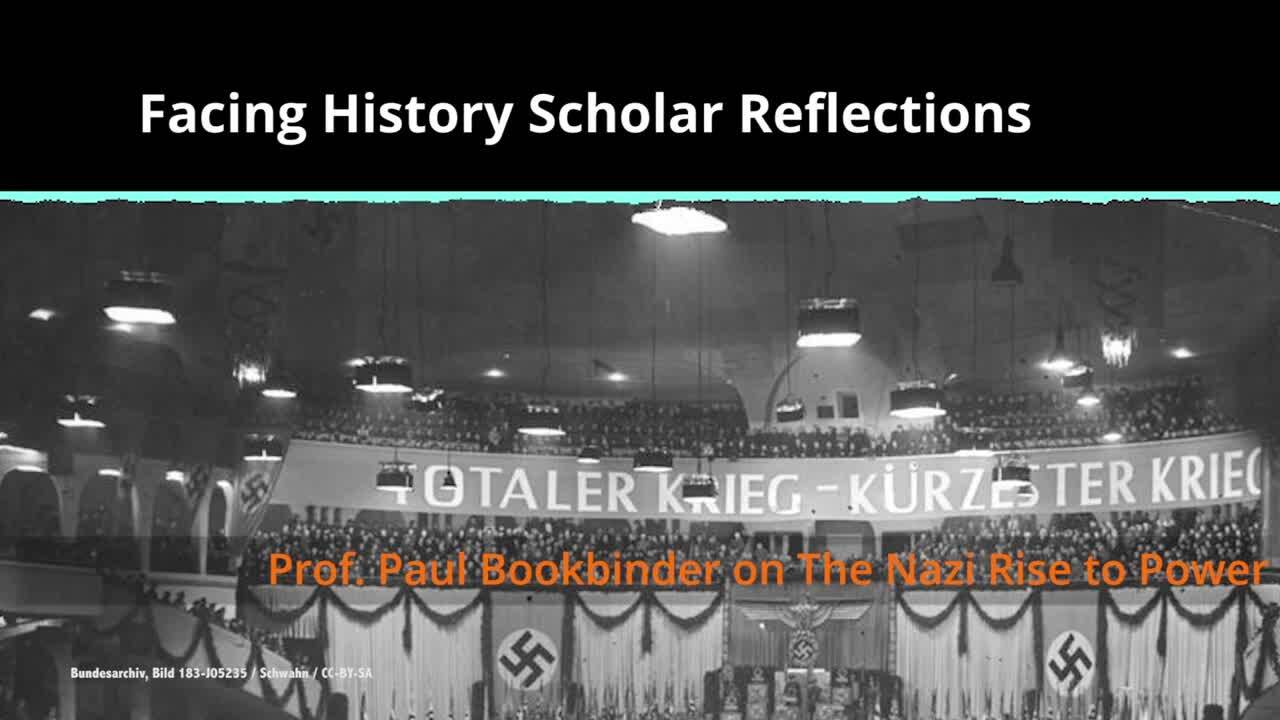
From Democracy to Dictatorship
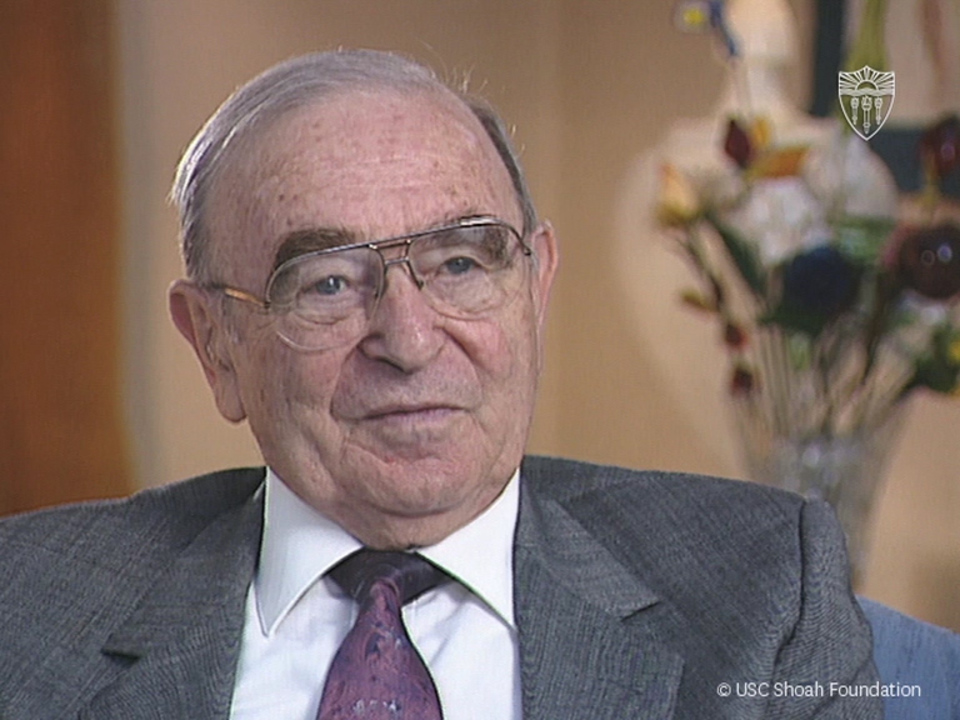
Hitler's Rise to Power: 1933-1934

Hitler's First Victims

Friendship and Betrayal

The Confessing Church: Early German Protestant Responses to National Socialism - Victoria Barnett
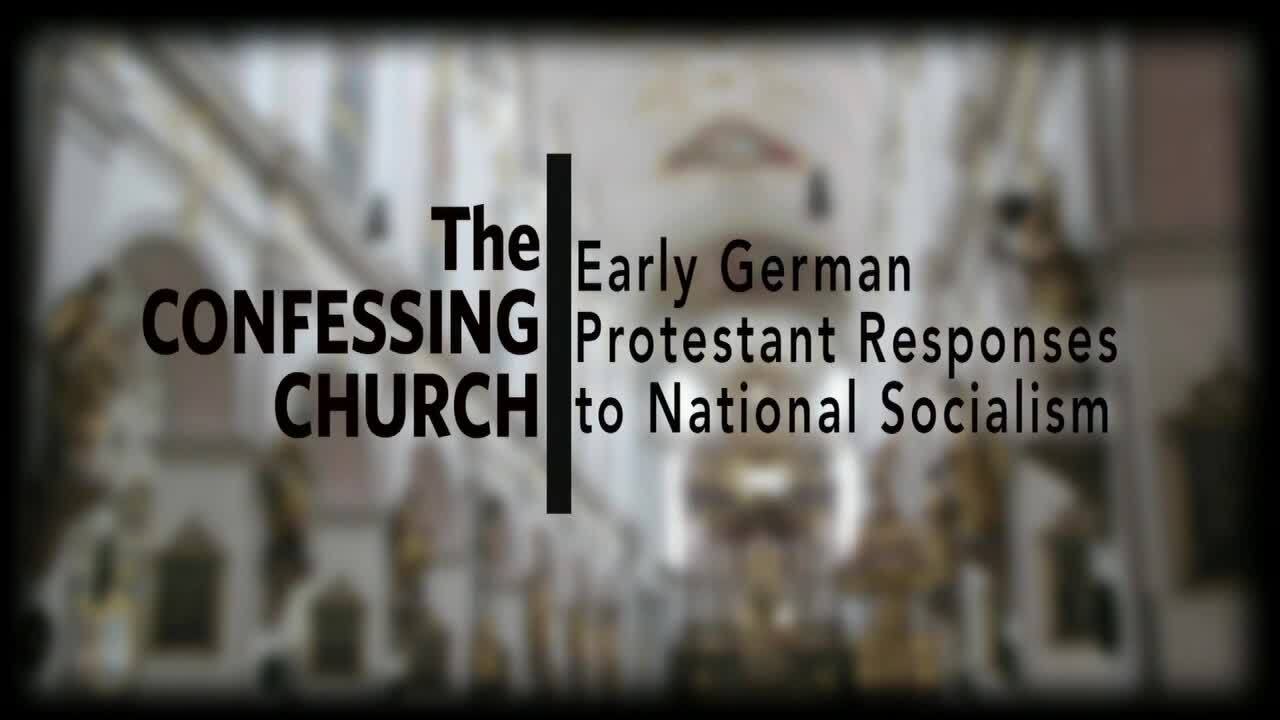
Awakening Conscience: The Pastor Martin Niemoller Story - Victoria Barnett
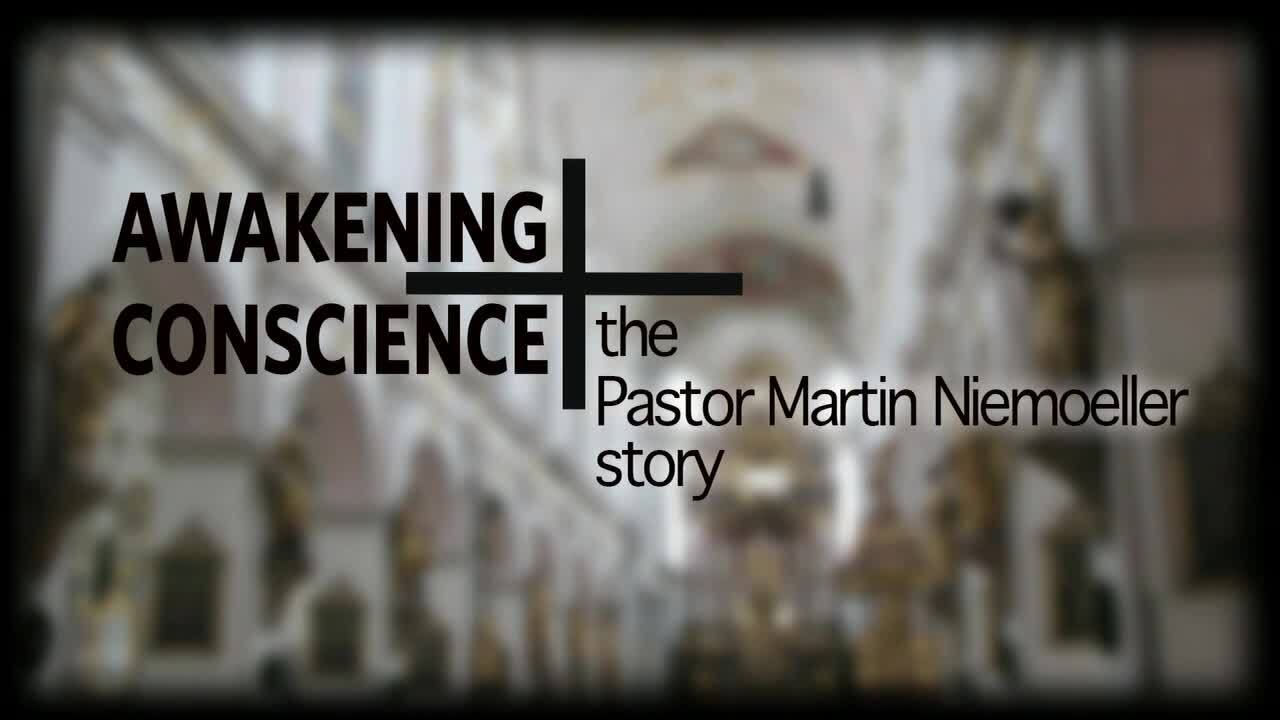
Acting on Faith: Dietrich Bonhoeffer's Protest Against National Socialism - Victoria Barnett

Night of the Long Knives: Jonathan Petropoulos
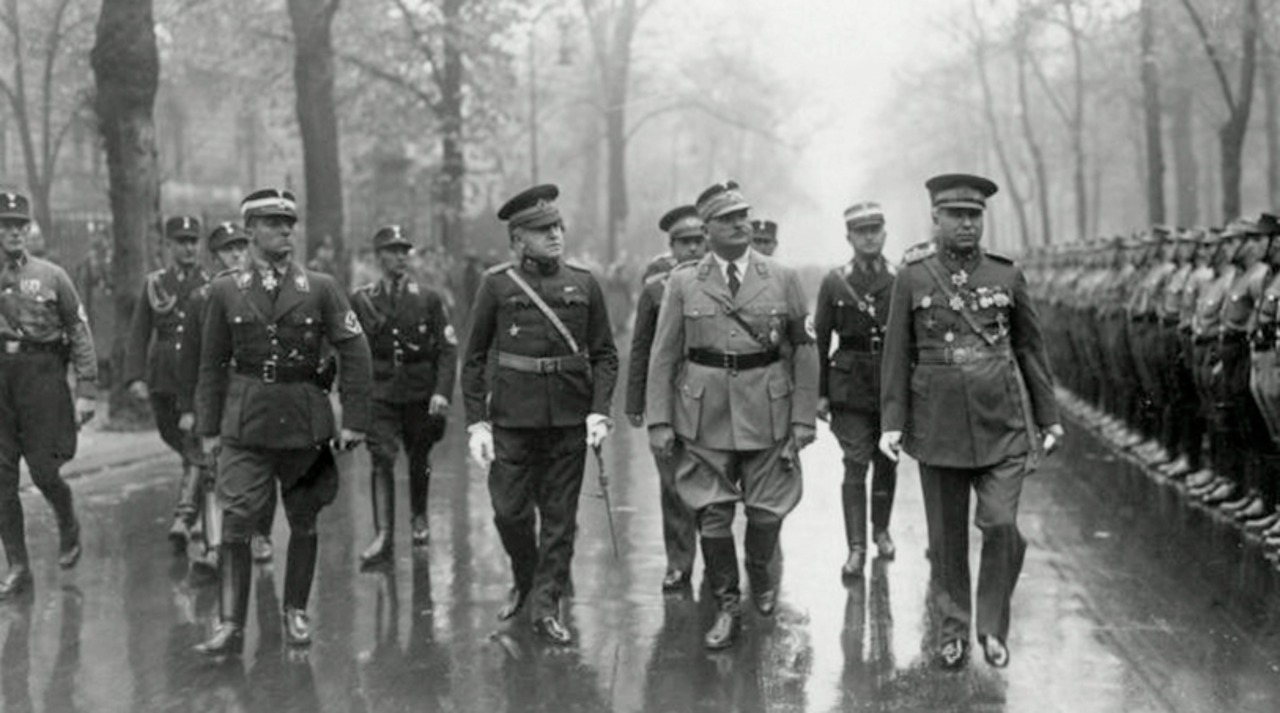
Chapter 6: Conformity and Consent in the National Community
Analyzing Nazi Propaganda
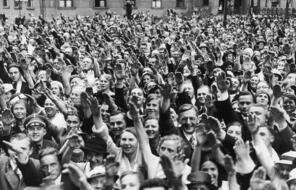
Art as Propaganda: The Nazi Degenerate Art Exhibit
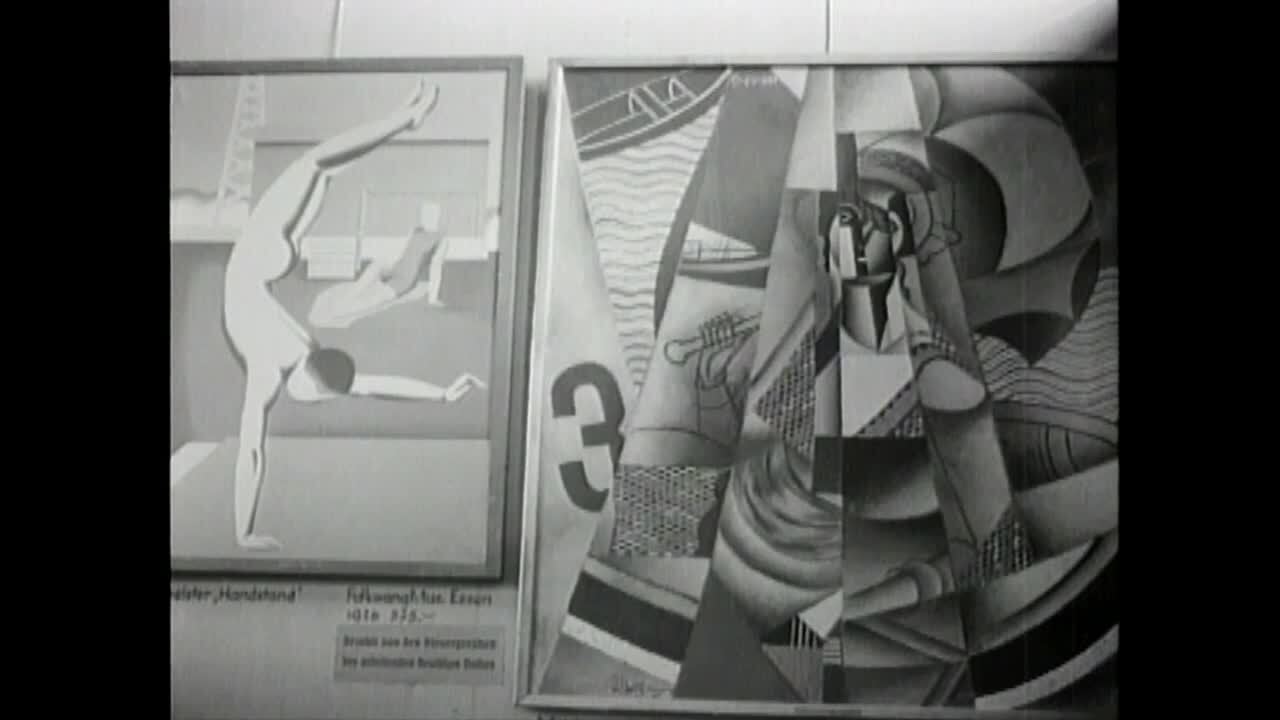
Complicity and Cultural Figures in the Third Reich: Navigating the Grey Zone
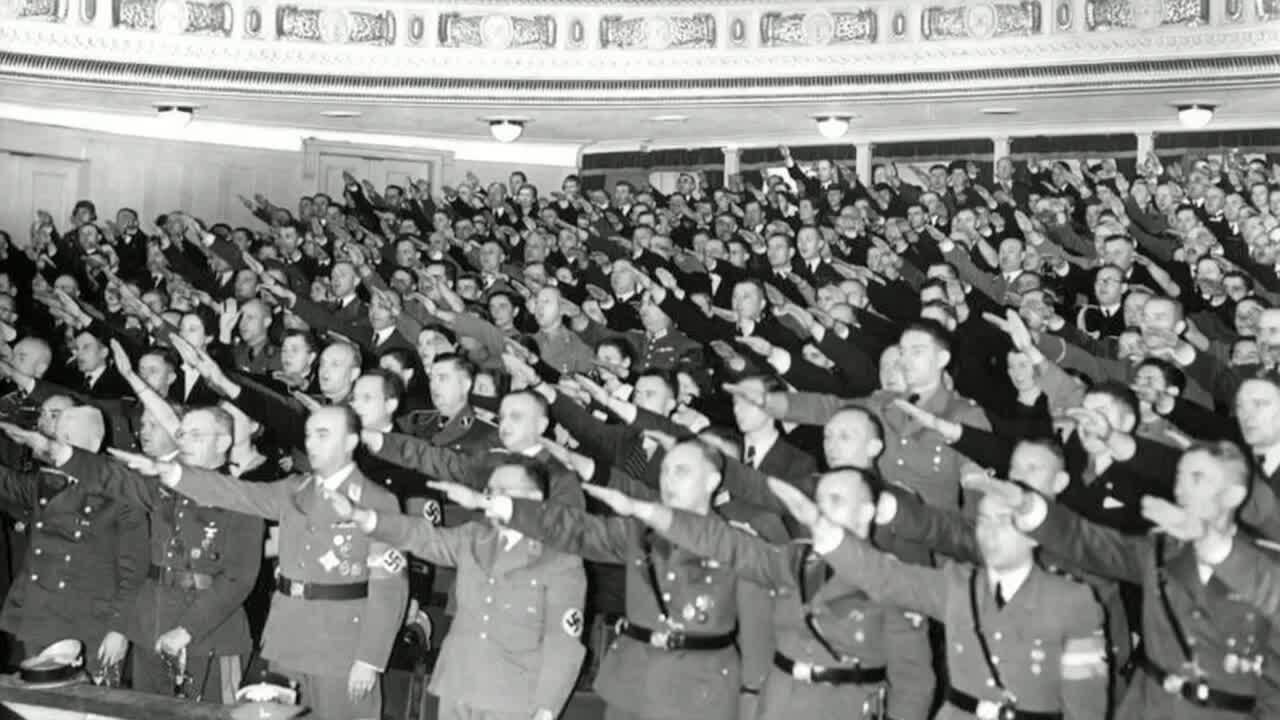
Triumph of the Will (Triumph des Willens)
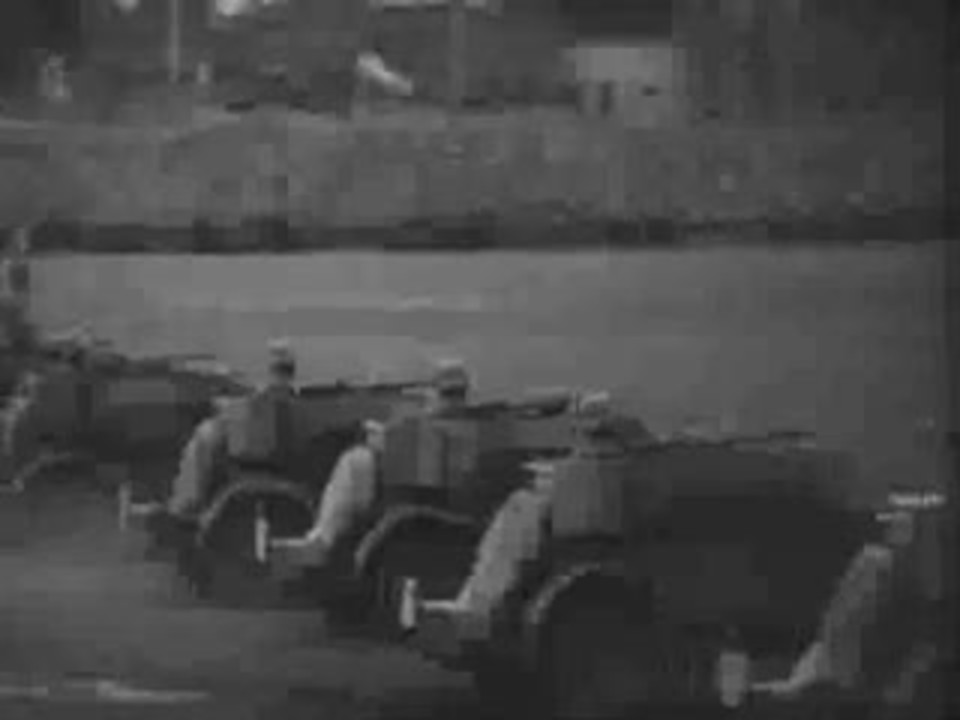
Changes at School under the Nazis

Chapter 7: Open Aggression and World Responses
Understanding Kristallnacht
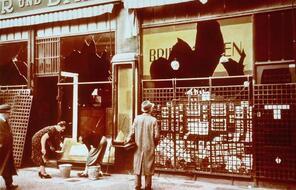
"Kristallnacht": The November 1938 Pogroms
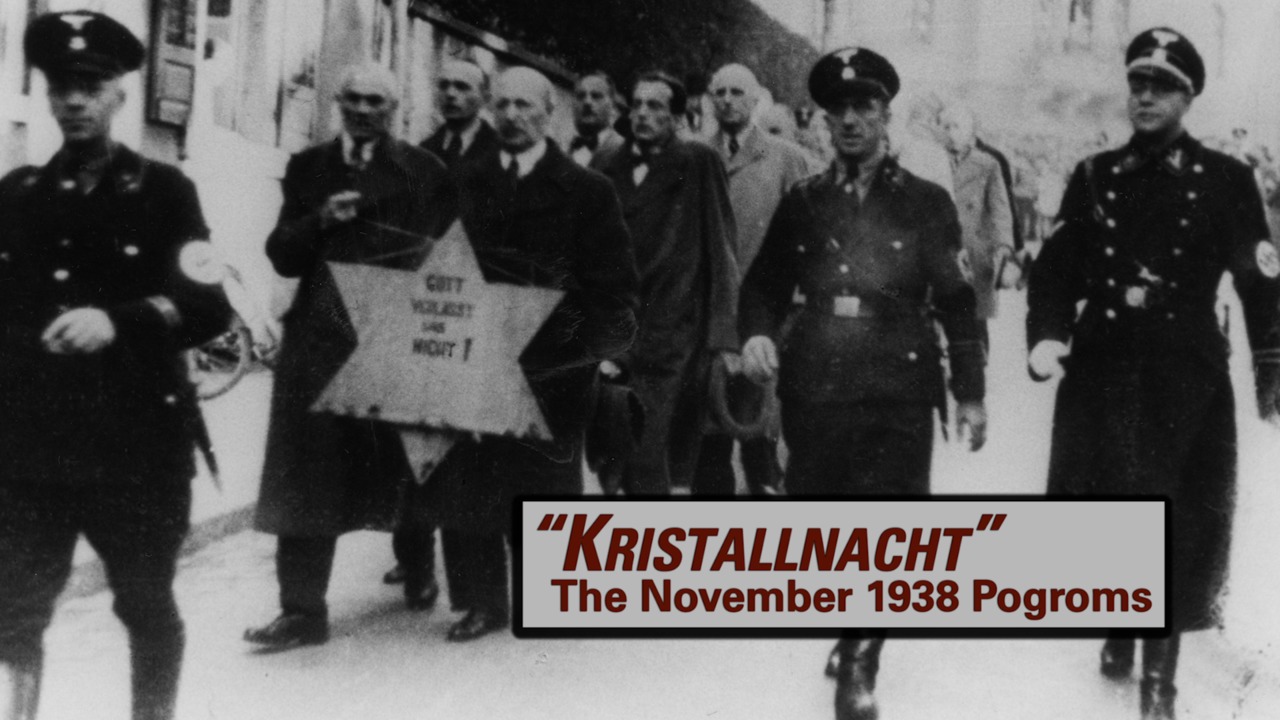
Facing History Scholar Reflections: Kristallnacht

Preparing for the Kindertransport
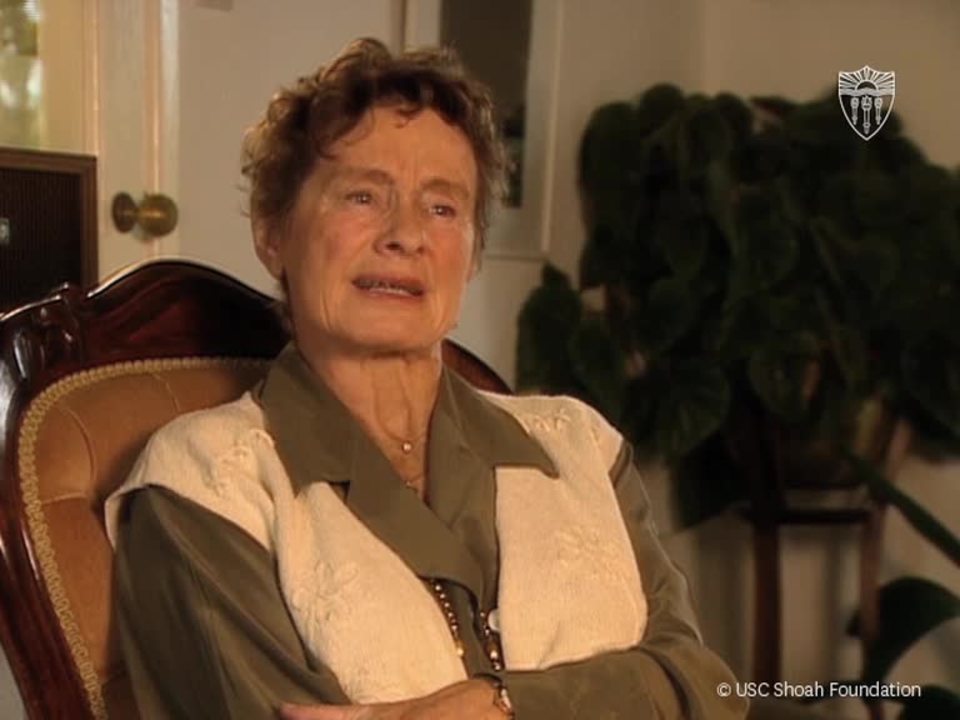
Witnessing Antisemitic Violence

Turned Away on the M.S. St. Louis
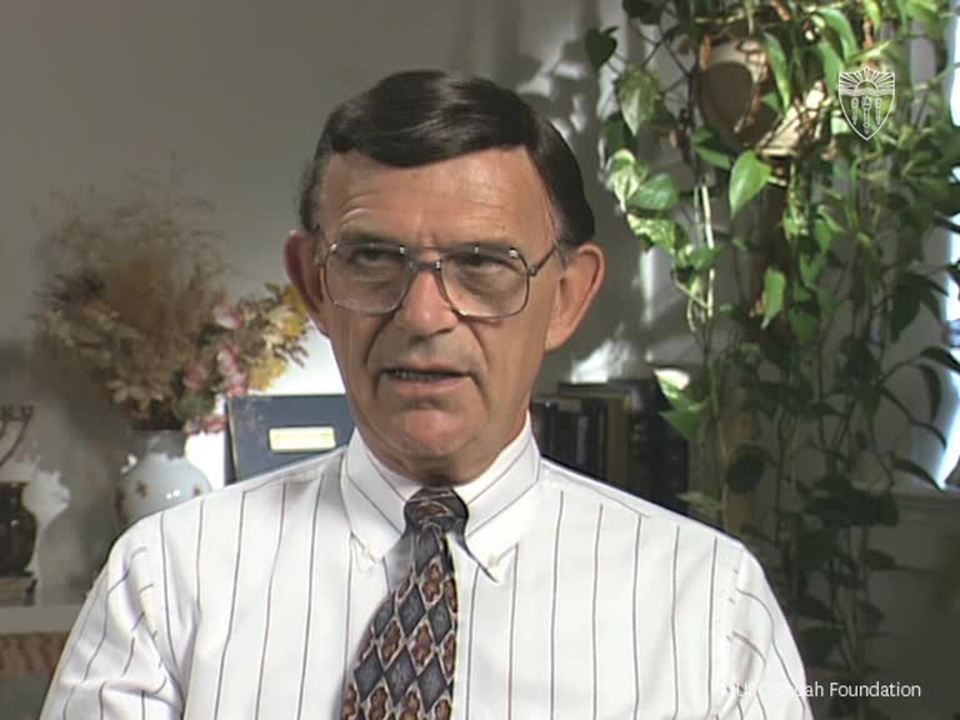
A Sinister Alliance: Soviet-German Relations 1939–1941
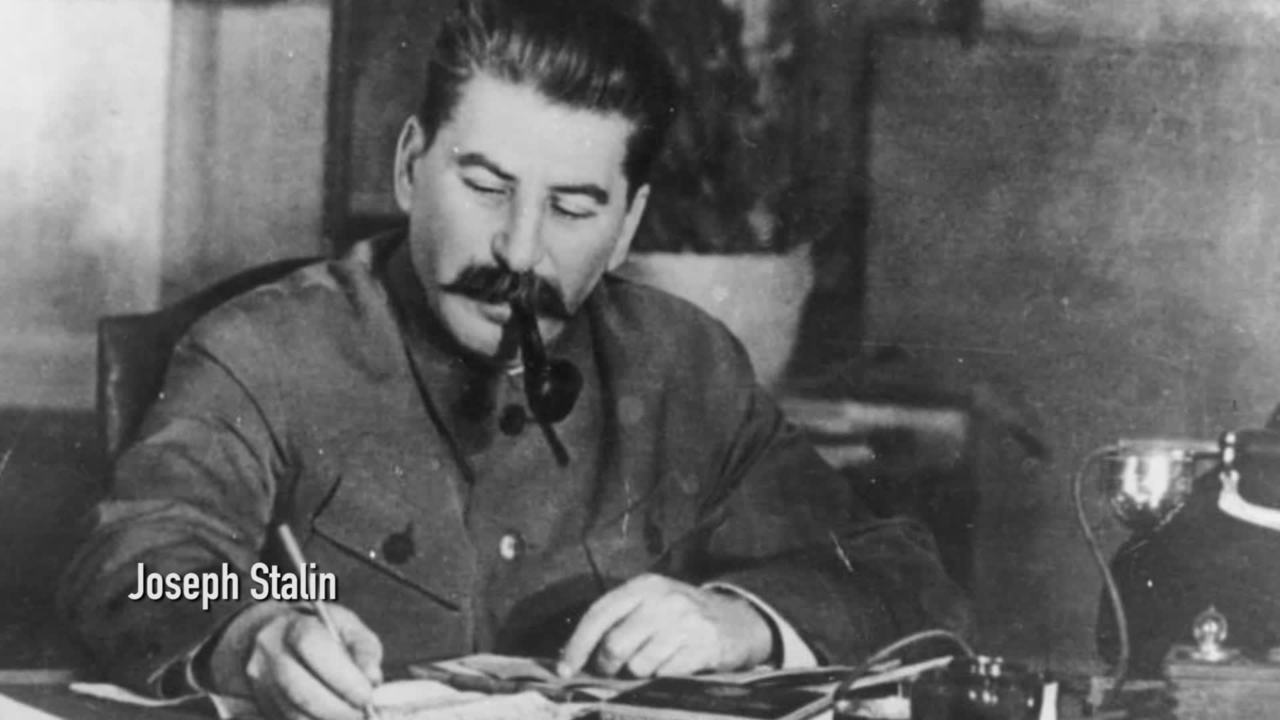
Chapter 8: A War For Race and Space
Confronting the Suffering Caused by the Nazis
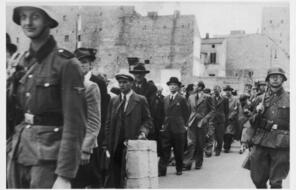
We Call Ourselves "Roma"
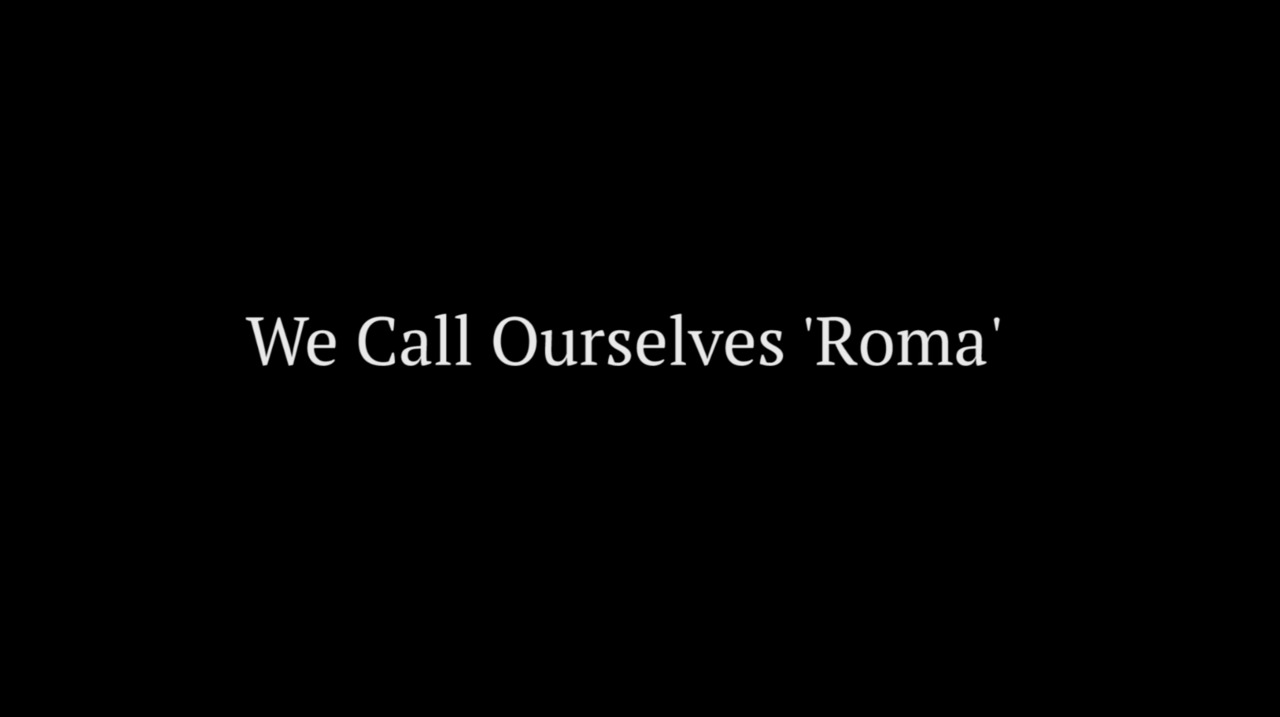
Tackling Discrimination against Roma in Schools
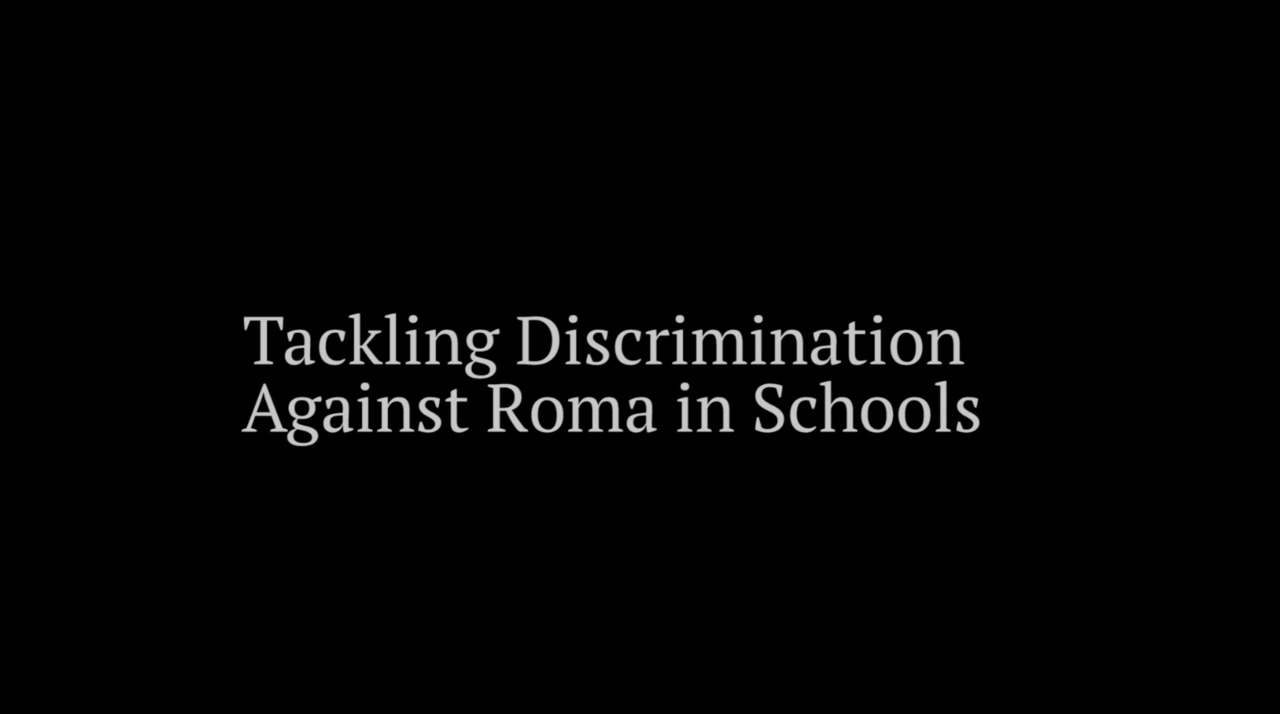
Bishop von Galen and the War against the Disabled
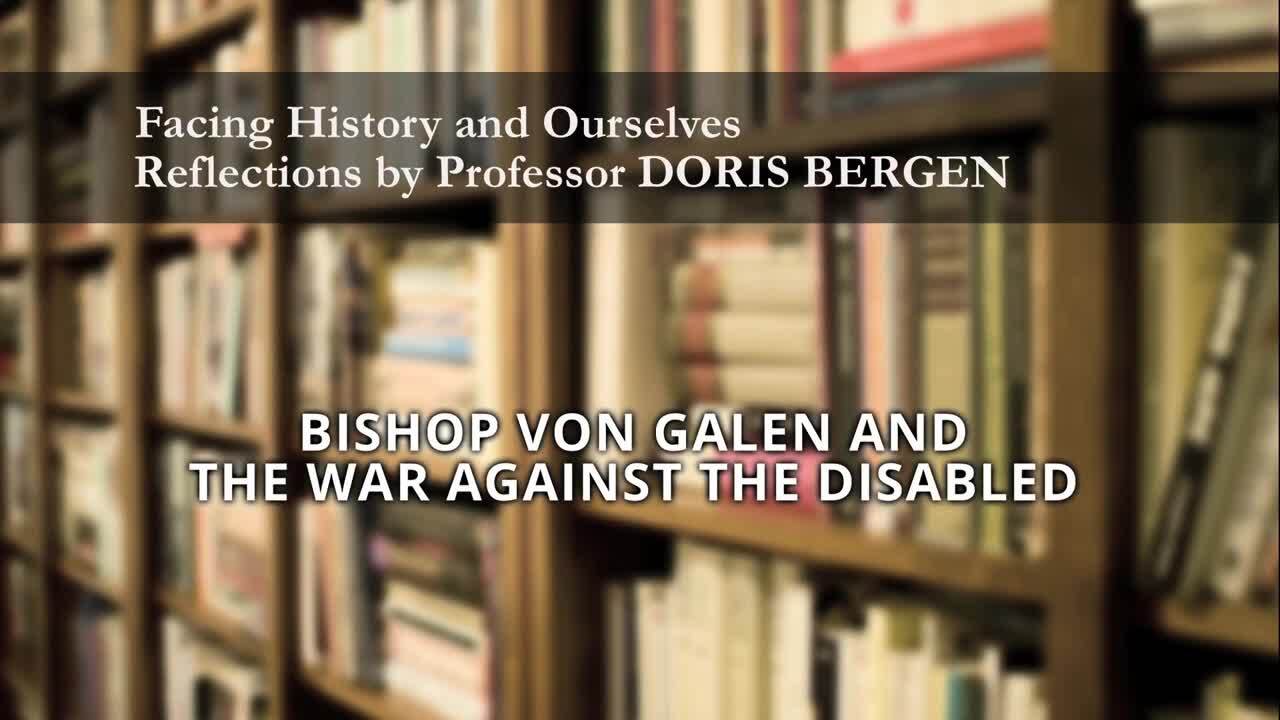
Hitler's Ideology: Race, Land, and Conquest
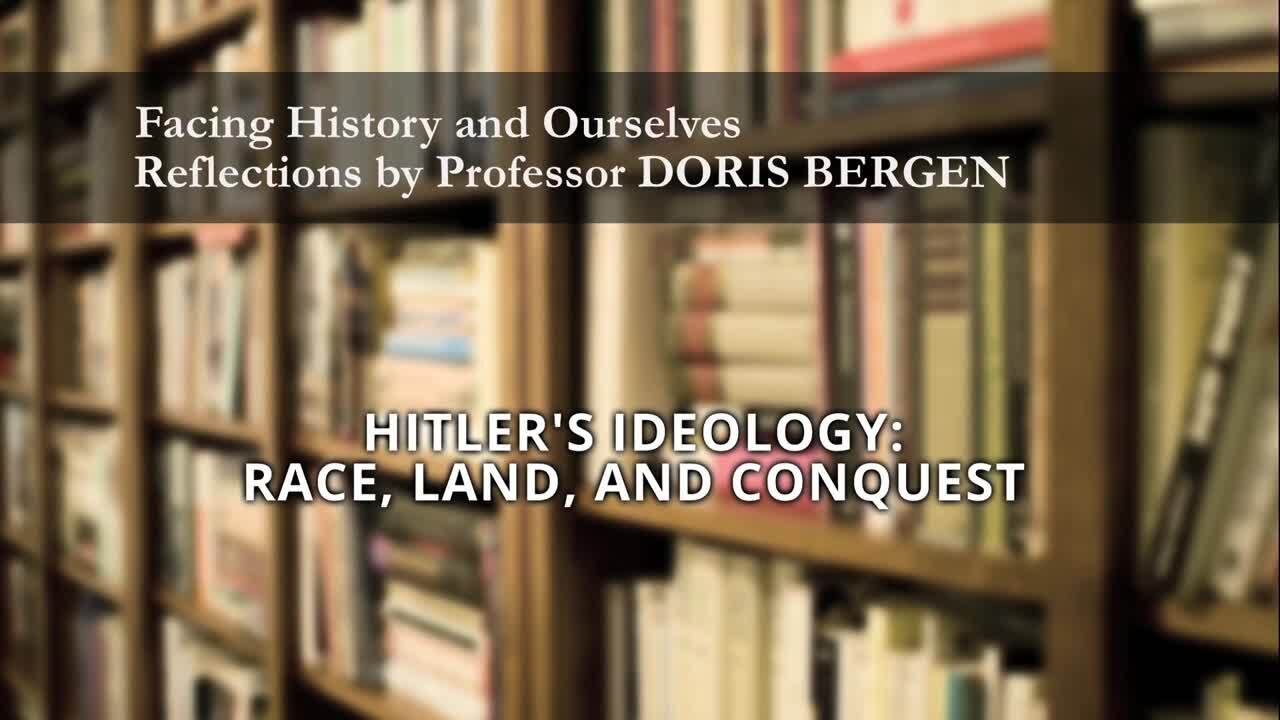
Introduction to the Jewish Partisans
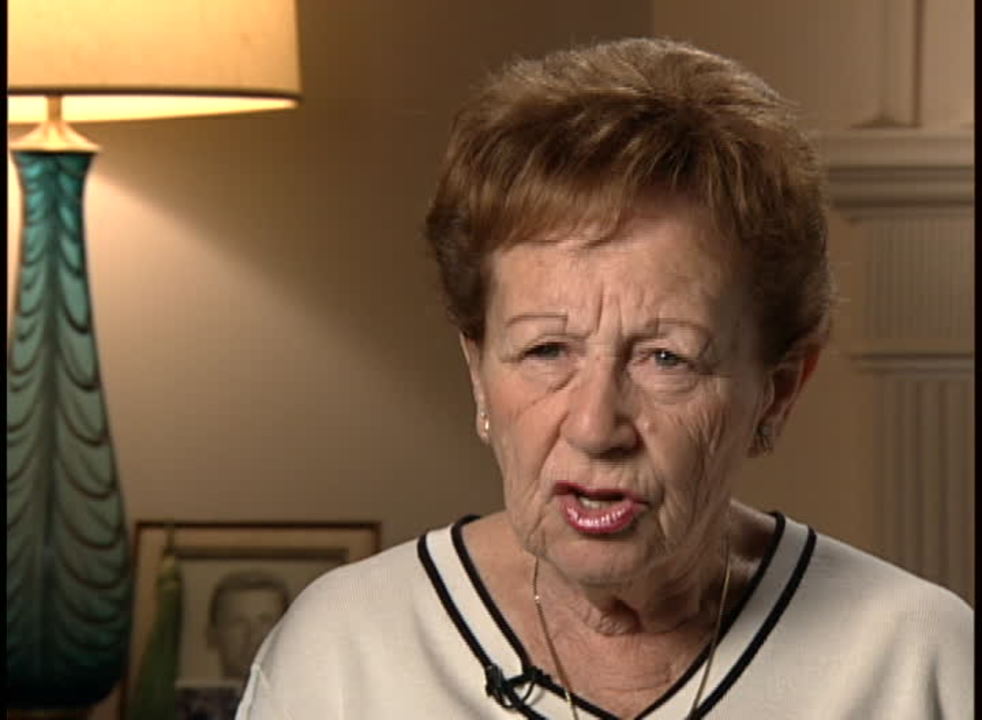
Questions of Complicity: France and the Nazi Occupation
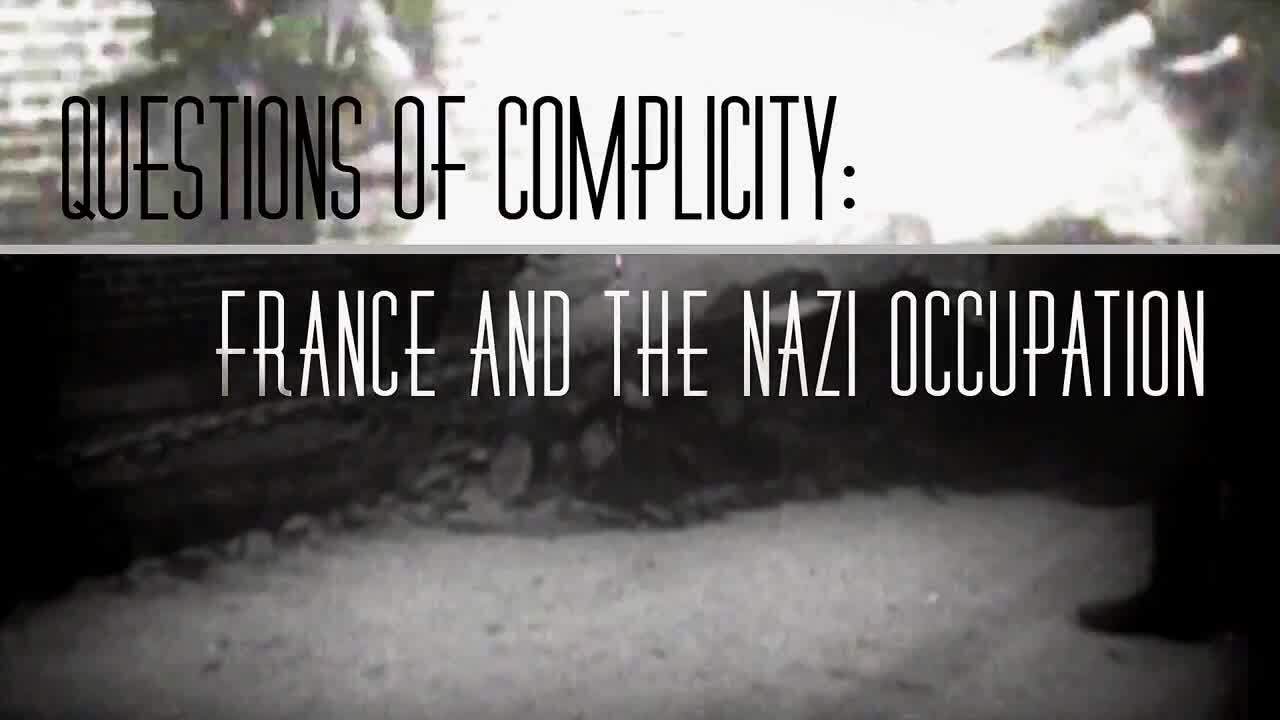
The Nazis in Vilna
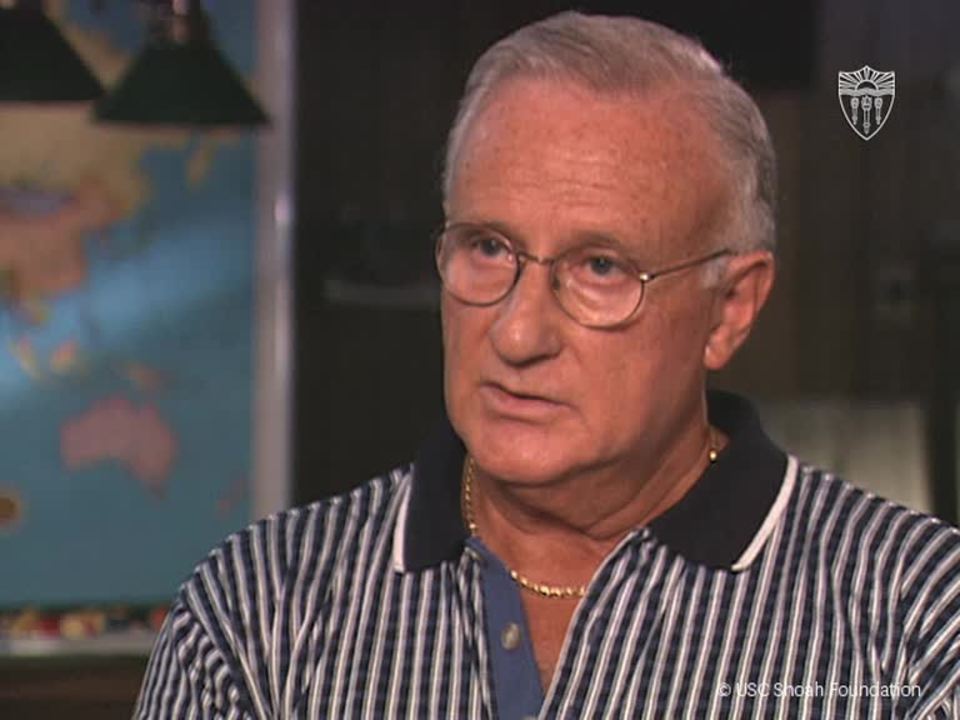
A Sinister Alliance: Soviet-German Relations 1939–1941

Chapter 9: The Holocaust
Responding to the Stories of Holocaust Survivors
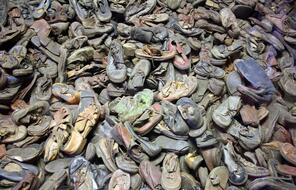
Step By Step: Phases of the Holocaust

Facing History Scholar Reflections: The Holocaust
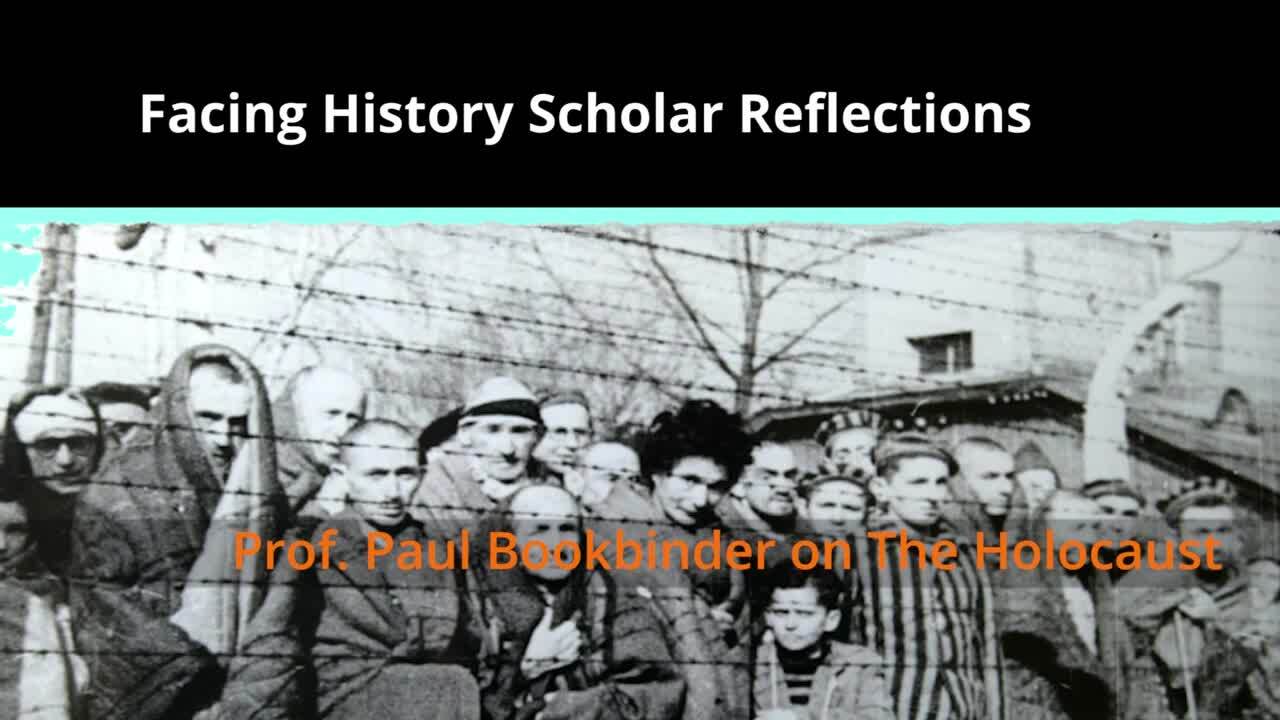
Surviving a Massacre

Designing Destruction: The Holocaust in the German-Occupied Former Soviet Territory

Choosing Cruelty: The Psychology of Perpetrators

The Psychology of Genocidal Behavior
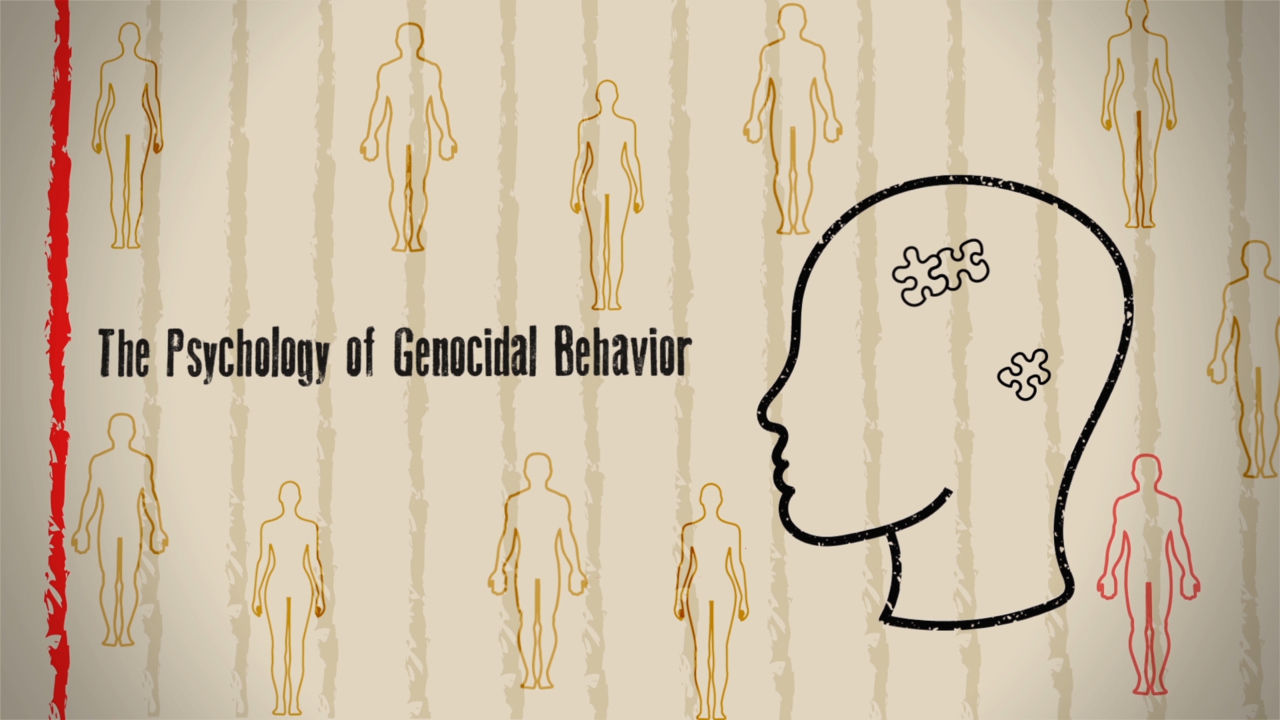
Obedience: The Milgram Experiment
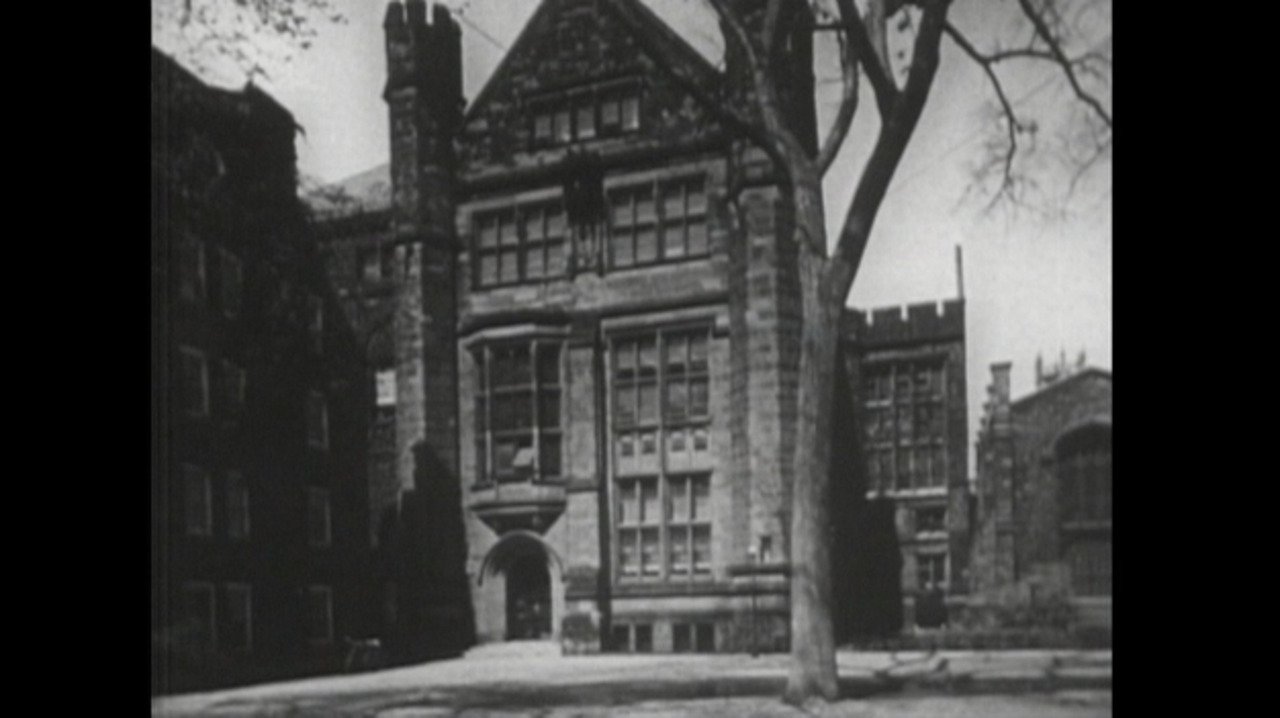
War of Annihilation: Targeting the Jews of Europe
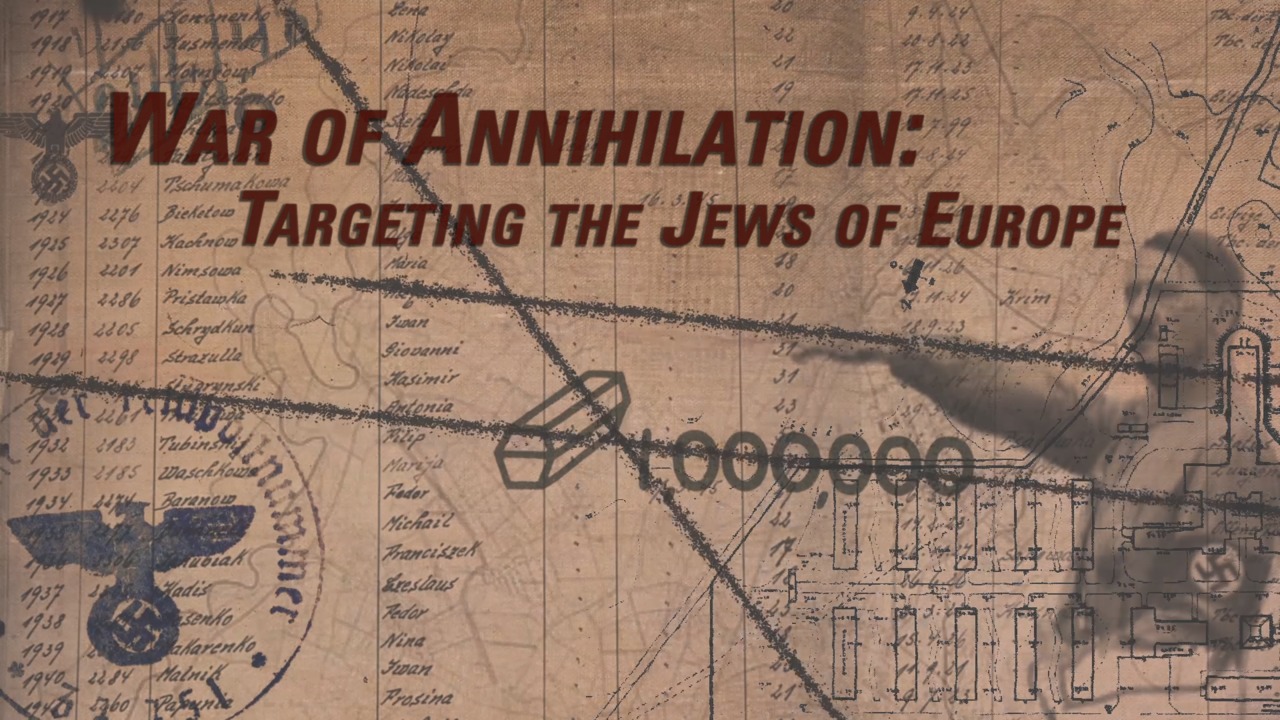
Dehumanizing the Enemy
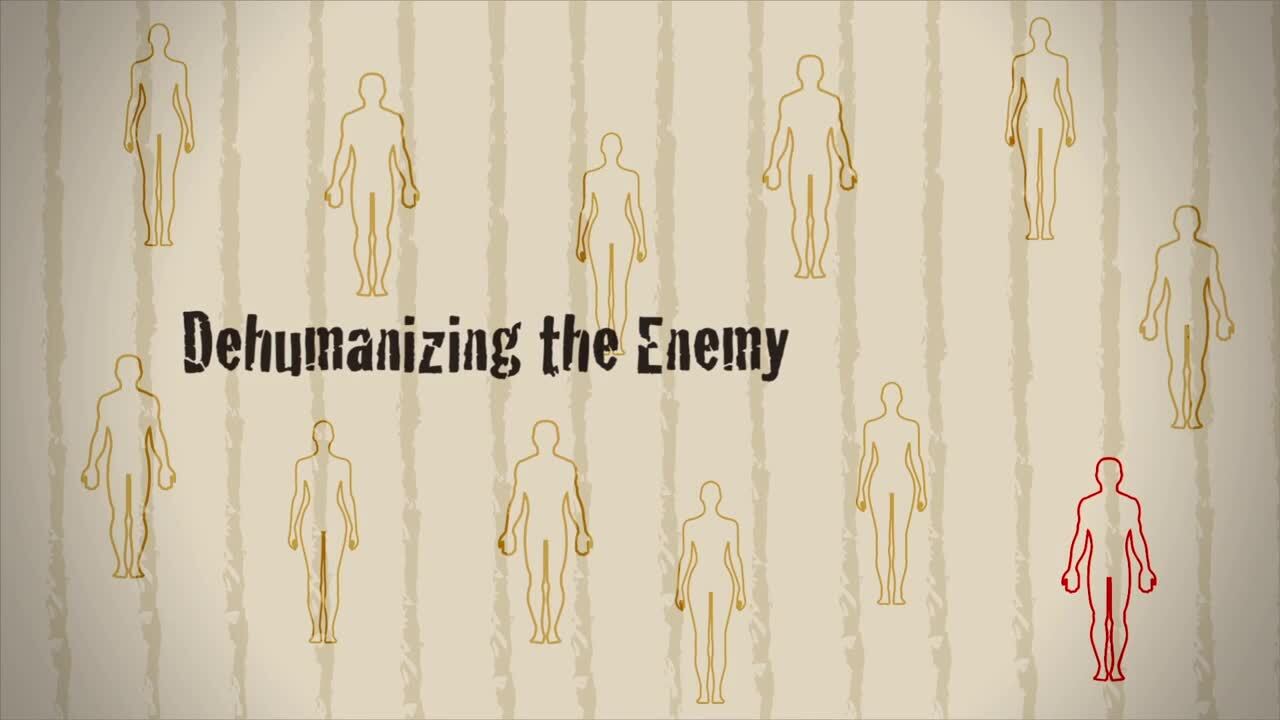
Finding Safety in Italy

Joining the Resistance

Introduction to the Jewish Partisans

Life or Death in the Netherlands
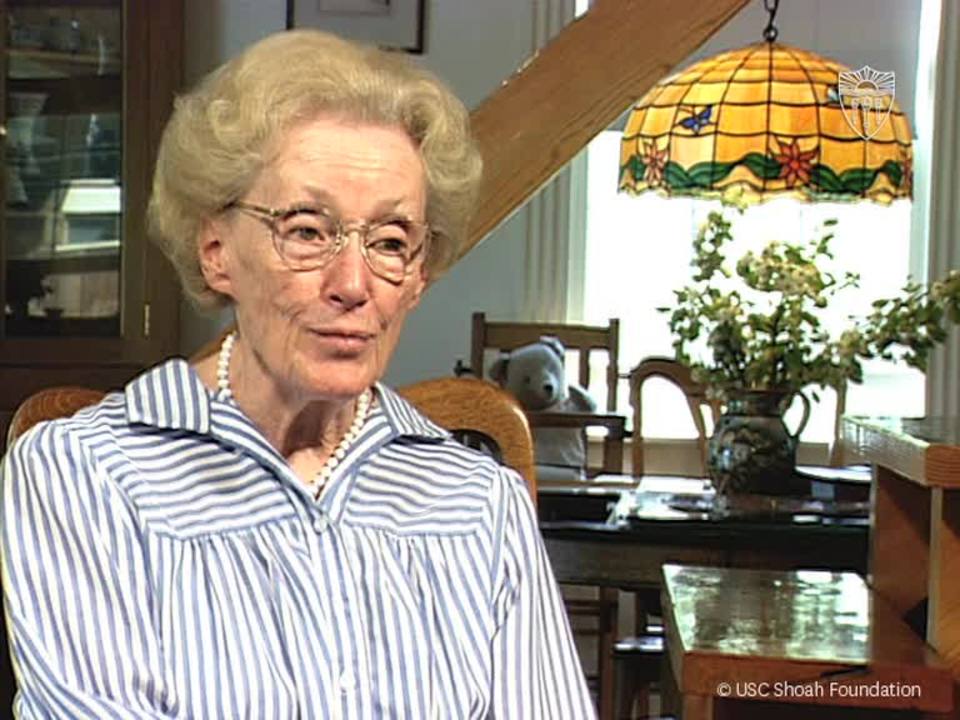
Weapons of the Spirit
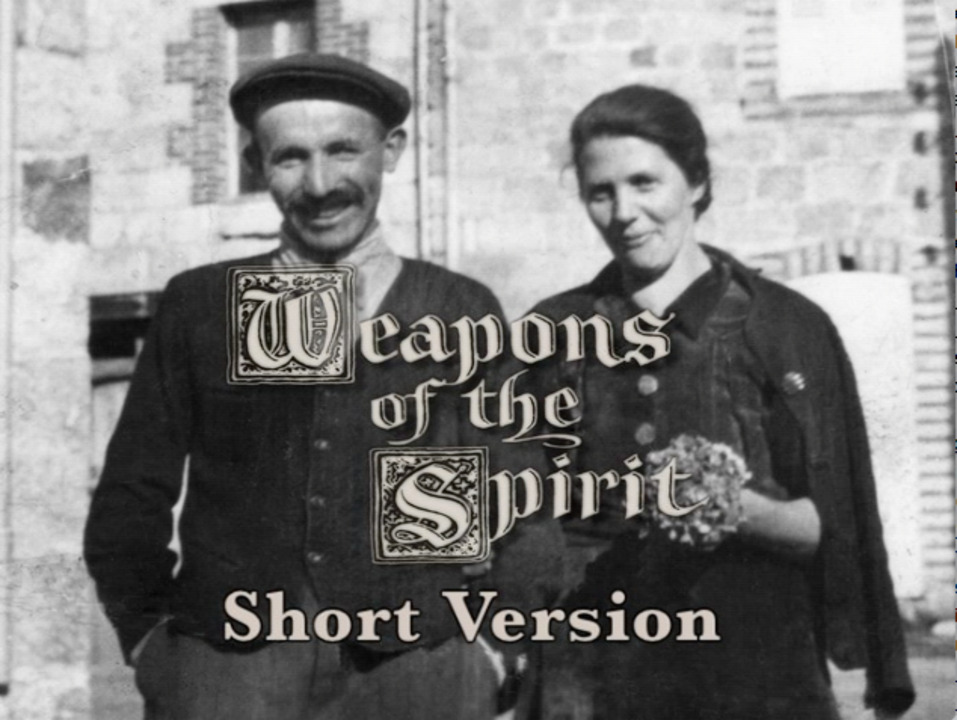
Warning the World
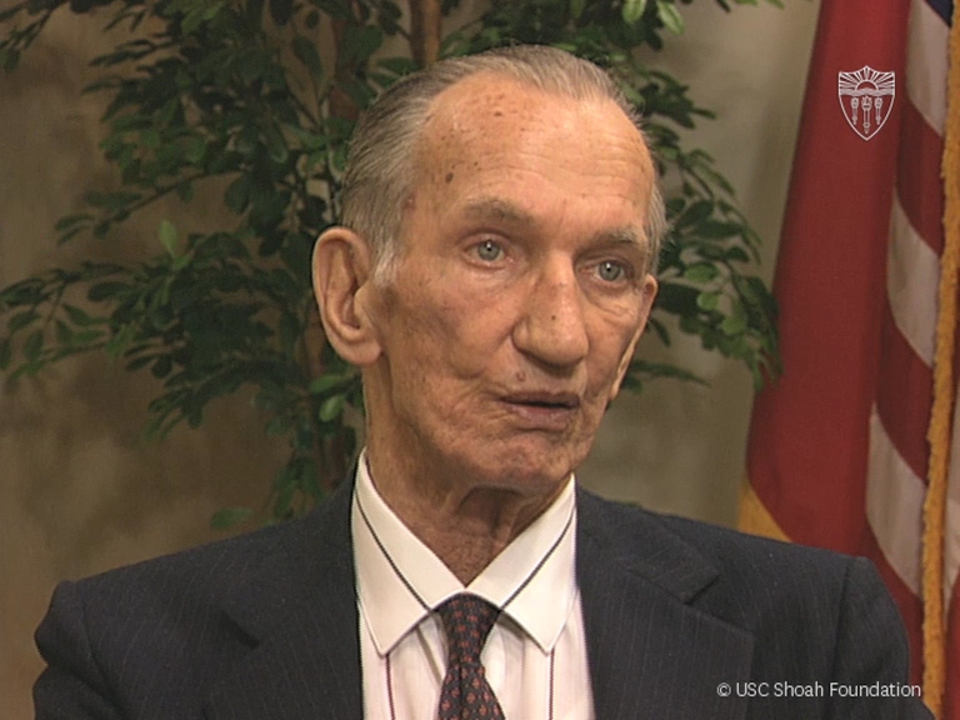
Eyewitness to Buchenwald
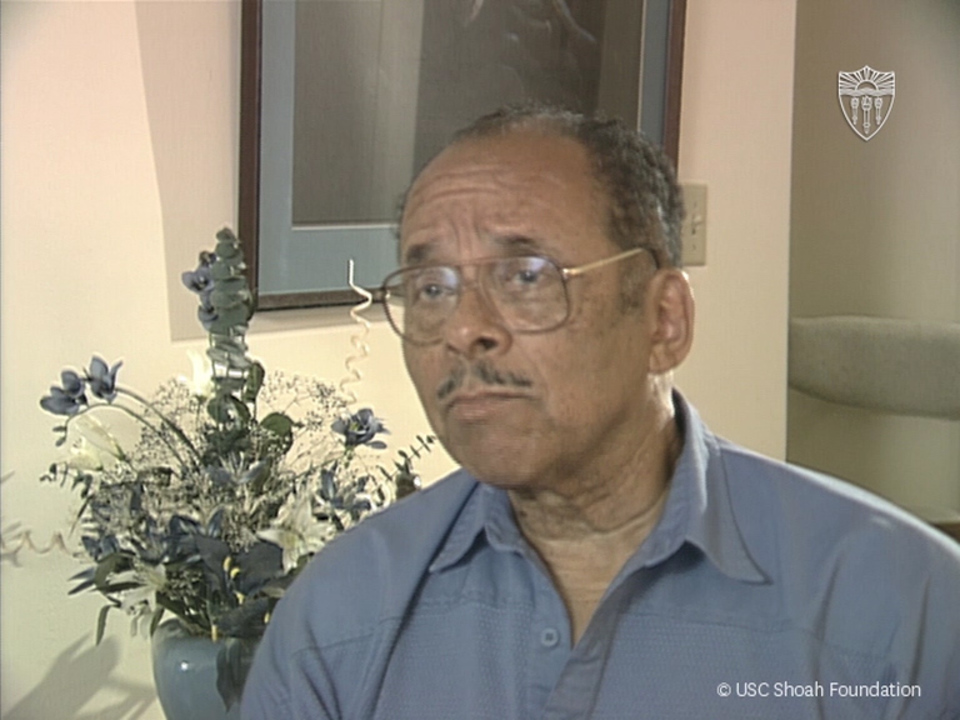
The Red Army Enters Majdanek
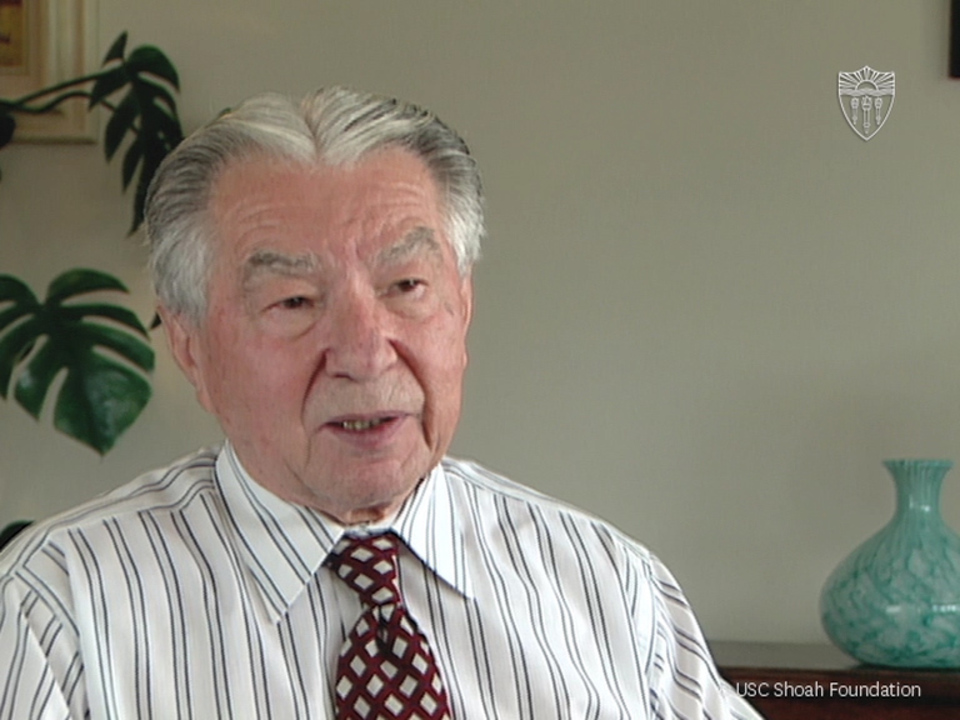
Chapter 10: Judgment and Justice
Exploring Justice after the Holocaust
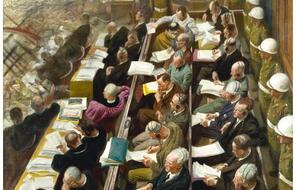
The Nanjing Atrocities: Crimes of War
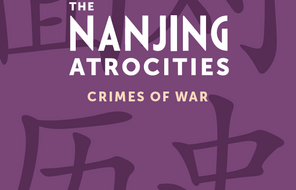
Nuremberg Remembered

Nuremberg and Tokyo: Foundations of International Law
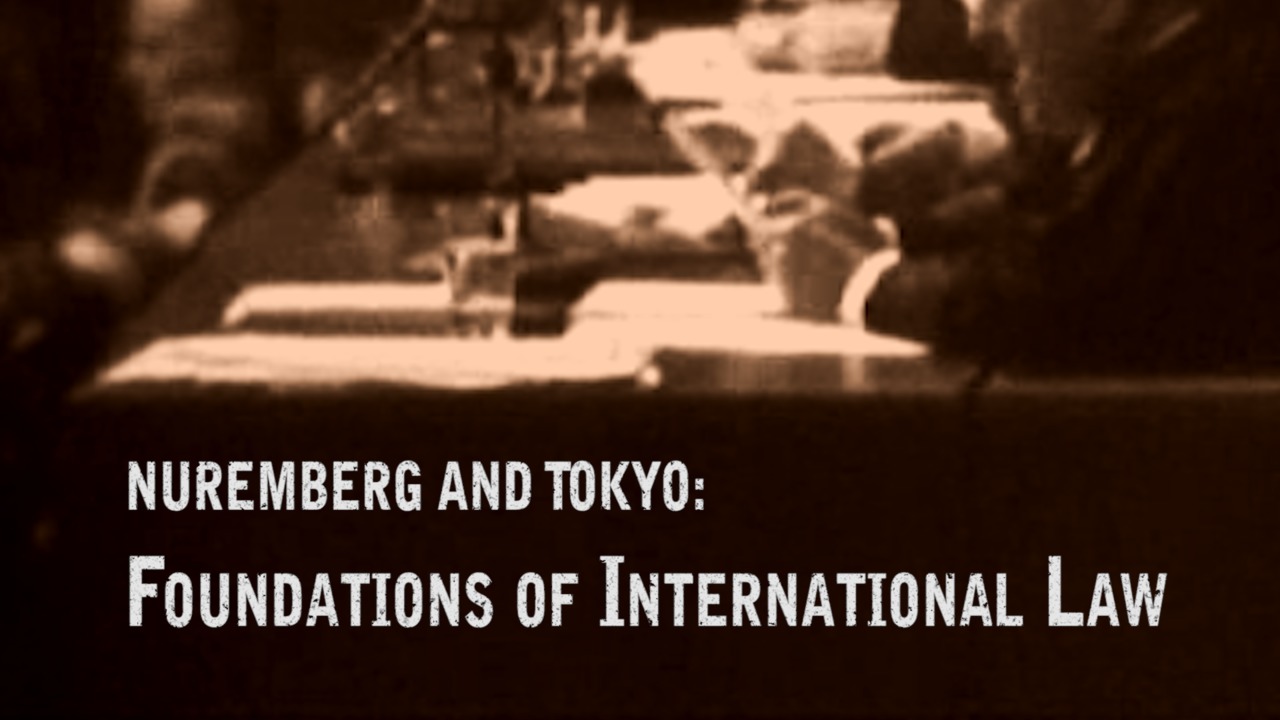
Monsters and Men: The Nazis at Nuremberg

A Plea for Humanity: The Einsatzgruppen on Trial
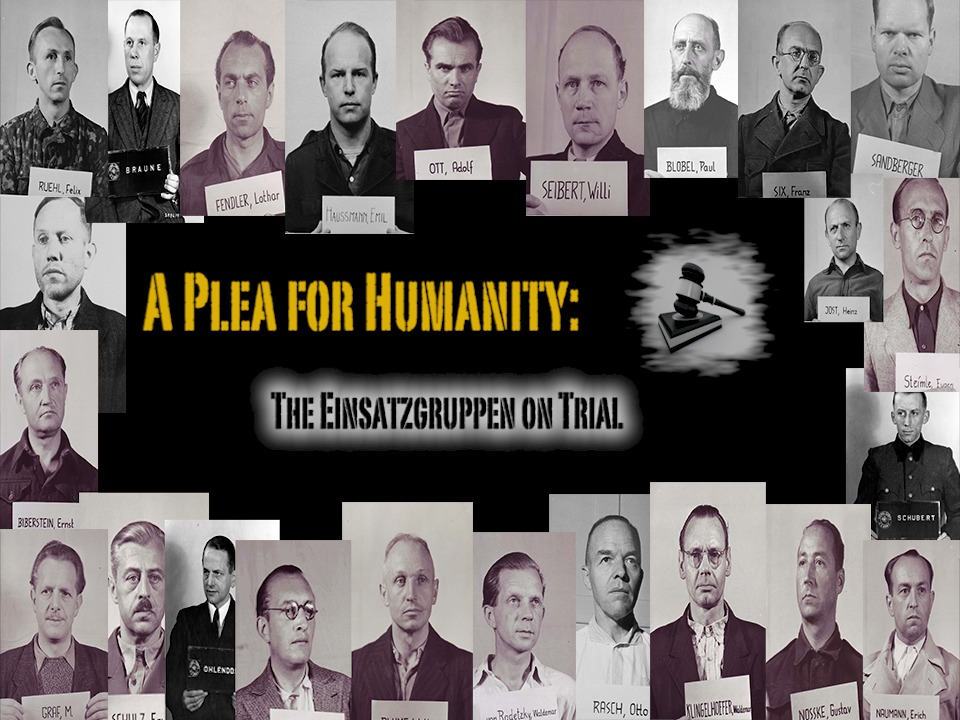
The Nanjing Atrocities: Crimes of War
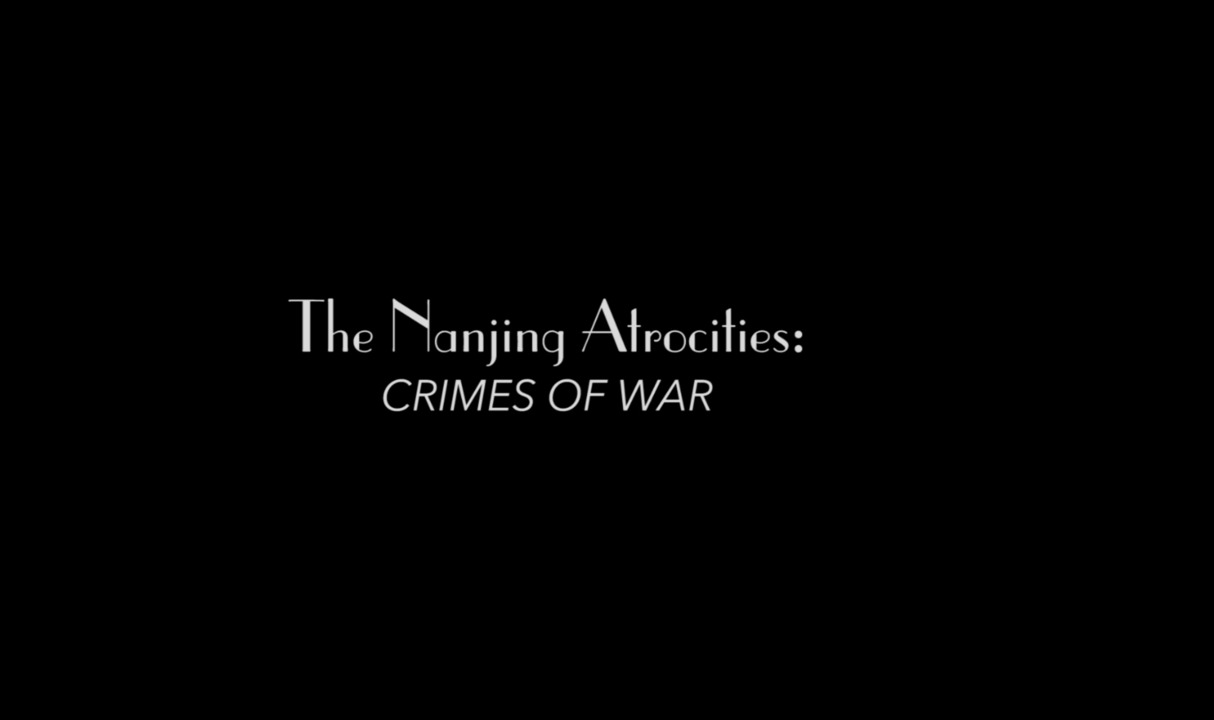
Chapter 11: Legacy and Memory
Analyzing and Creating Memorials
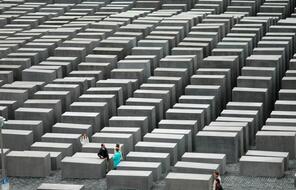
Illuminations: The Art of Samuel Bak
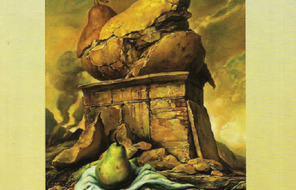
Survivors and Witnesses: Video Testimony
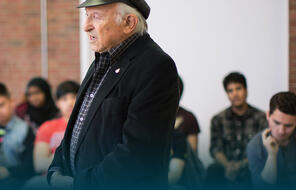
Totally Unofficial: Raphael Lemkin and the Genocide Convention
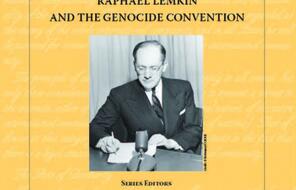
Reconciling Identities after the War

Friendship before, during, and after the War

Caring for Survivors
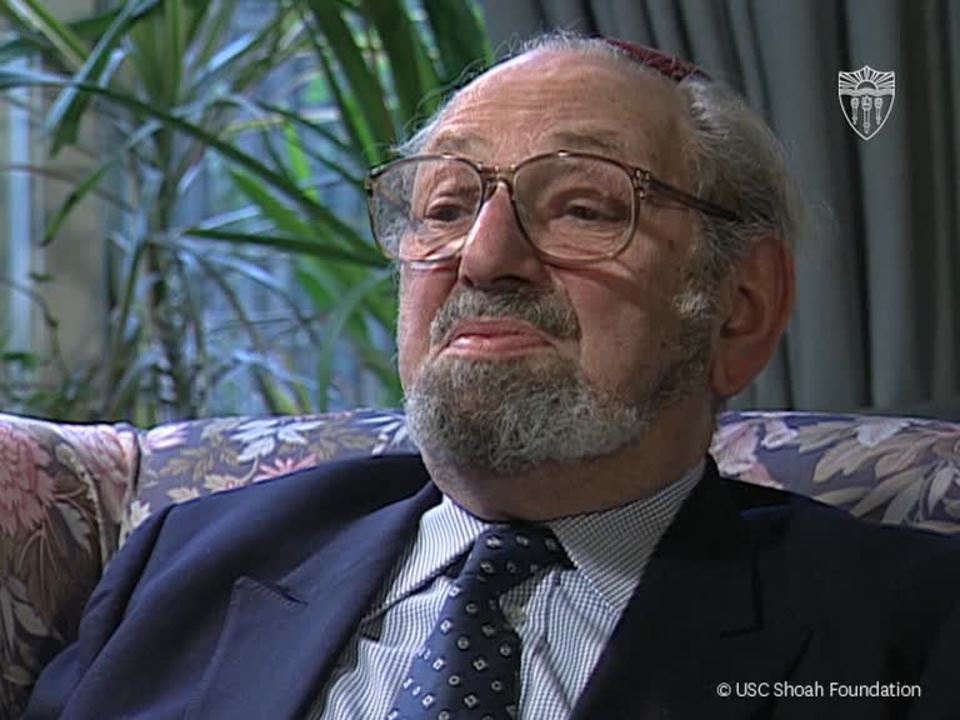
Antisemitism after Liberation
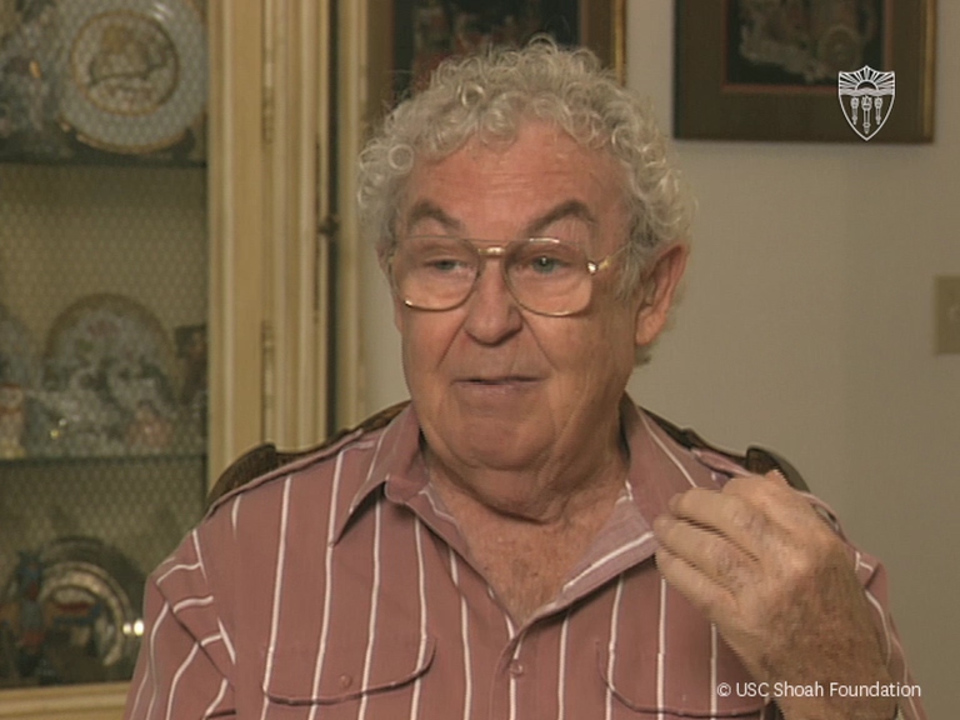
Conventional Revolution: Raphael Lemkin and the Crime Without a Name

Raphael Lemkin: Watcher of the Sky (Introduction)

Raphael Lemkin: Watcher of the Sky (Genocide Convention)

Luis Moreno Ocampo: Watcher of the Sky
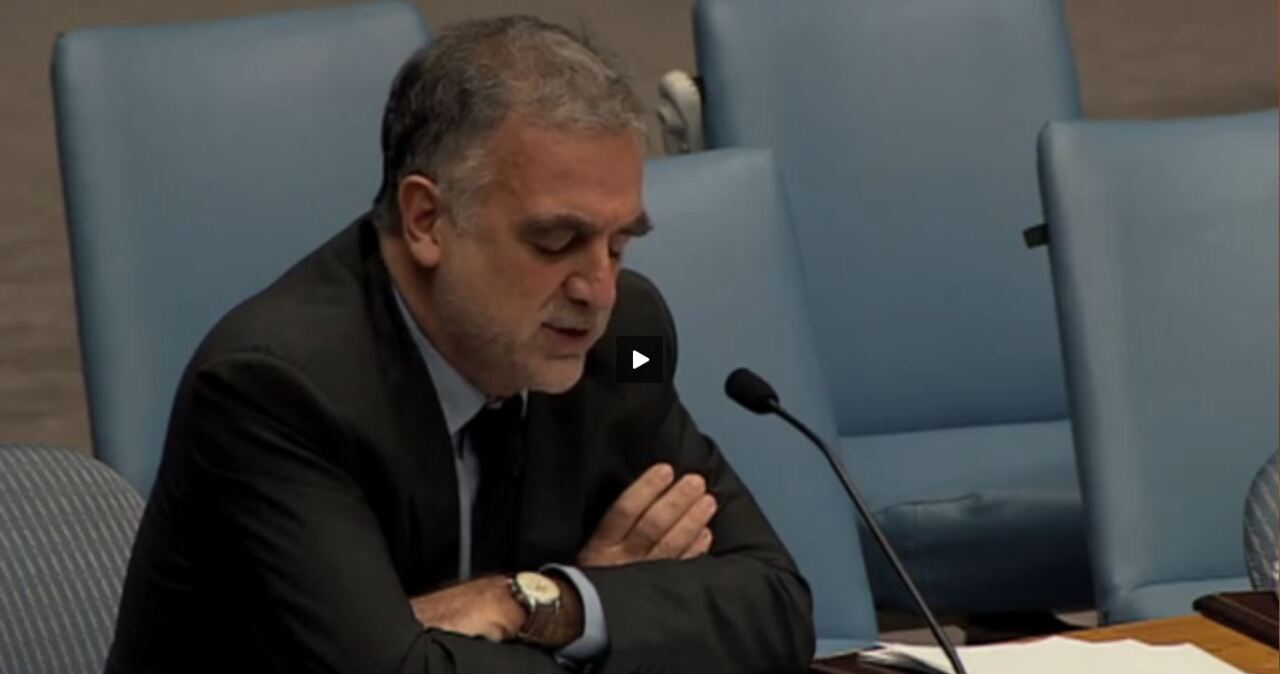
Long Night's Journey into Day: South African's Search for Truth and Reconciliation
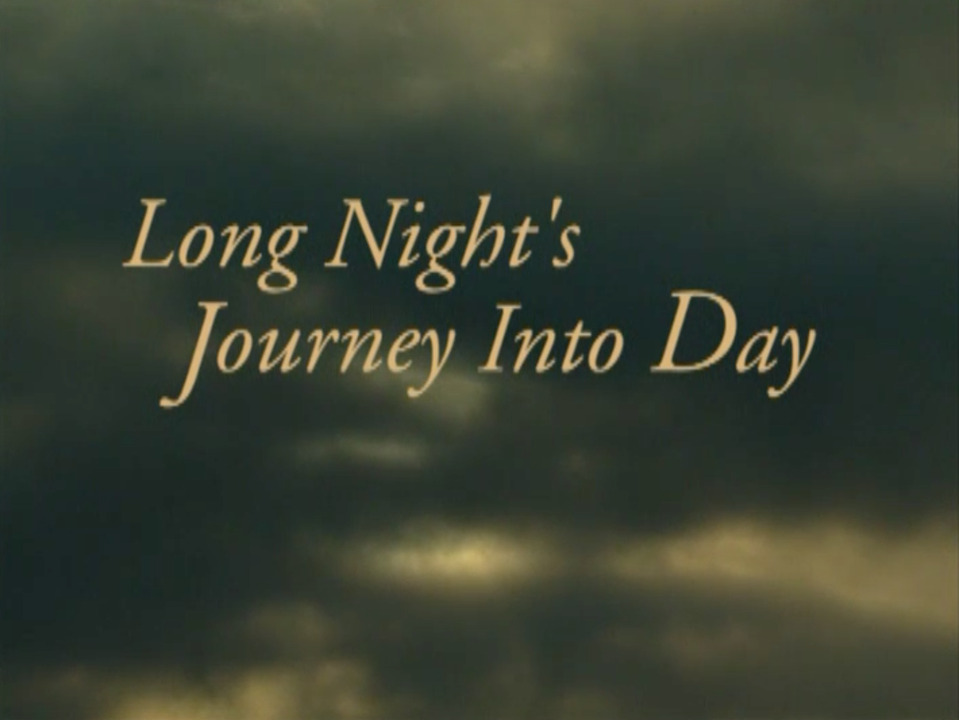
Taner Akçam: Why is the Armenian Genocide Important?
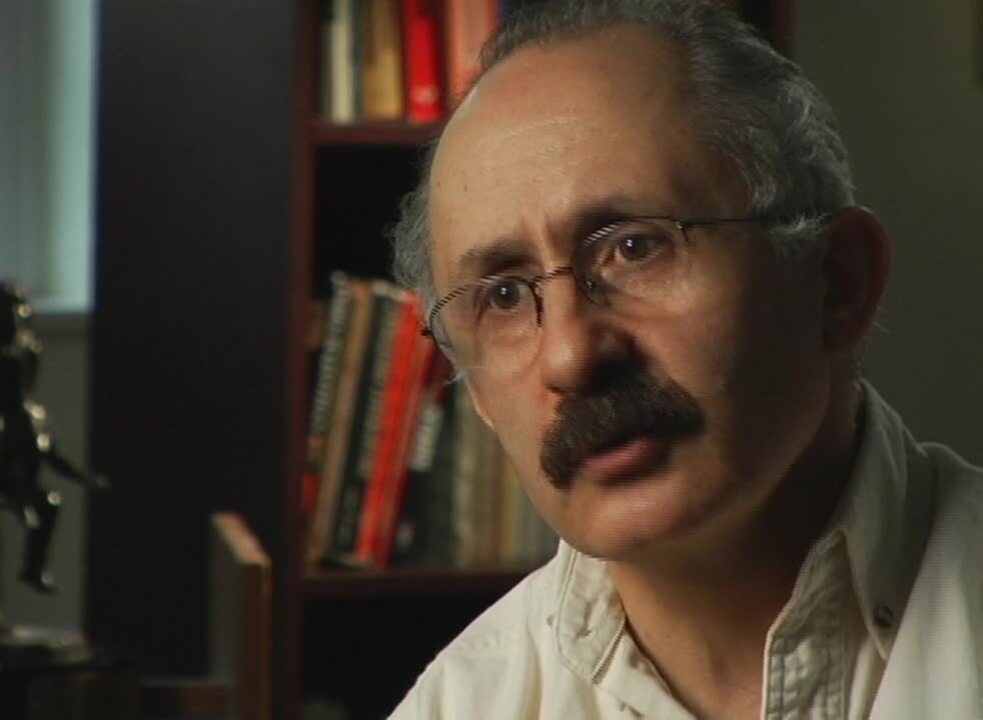
Introducing the Armenian Genocide

Benjamin Ferencz: Watcher of the Sky
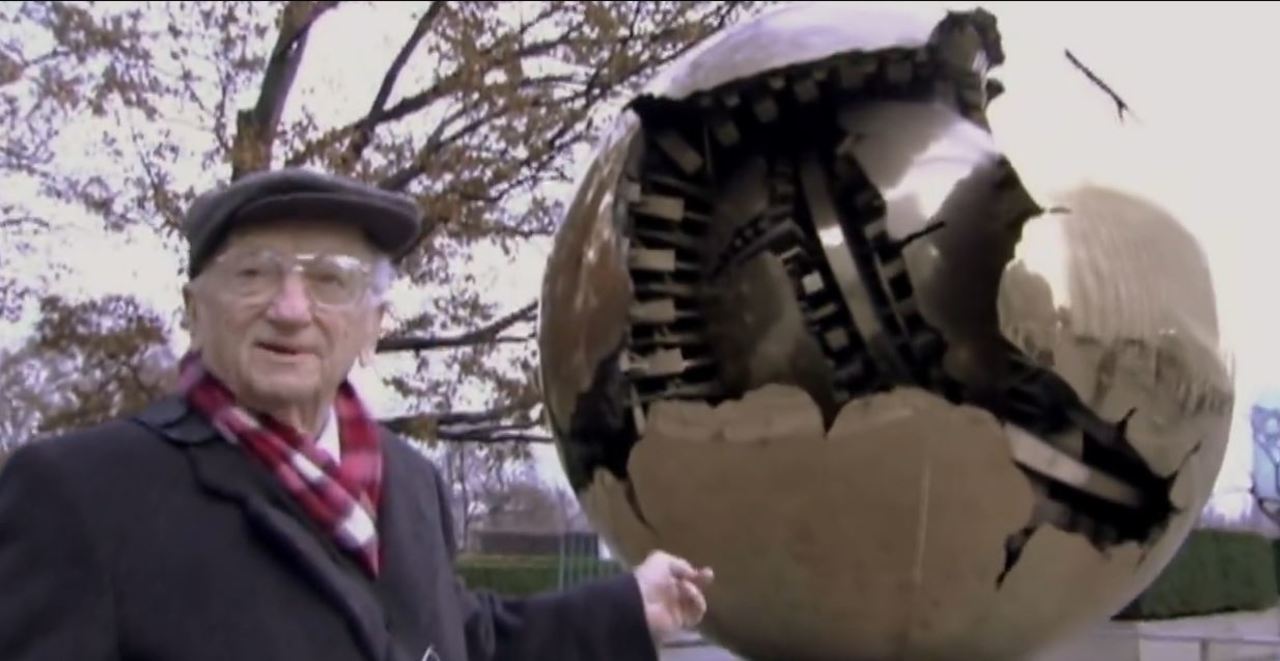
Chapter 12: Choosing To Participate
Strategies for Making a Difference
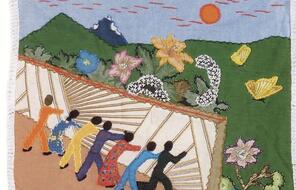
Not in Our Town
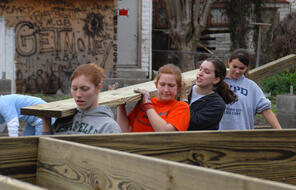
Facing Ferguson: News Literacy in a Digital Age
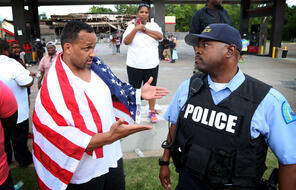
Stitching Truth: Women's Protest Art in Pinochet's Chile

Not In Our Town: Billings, Montana
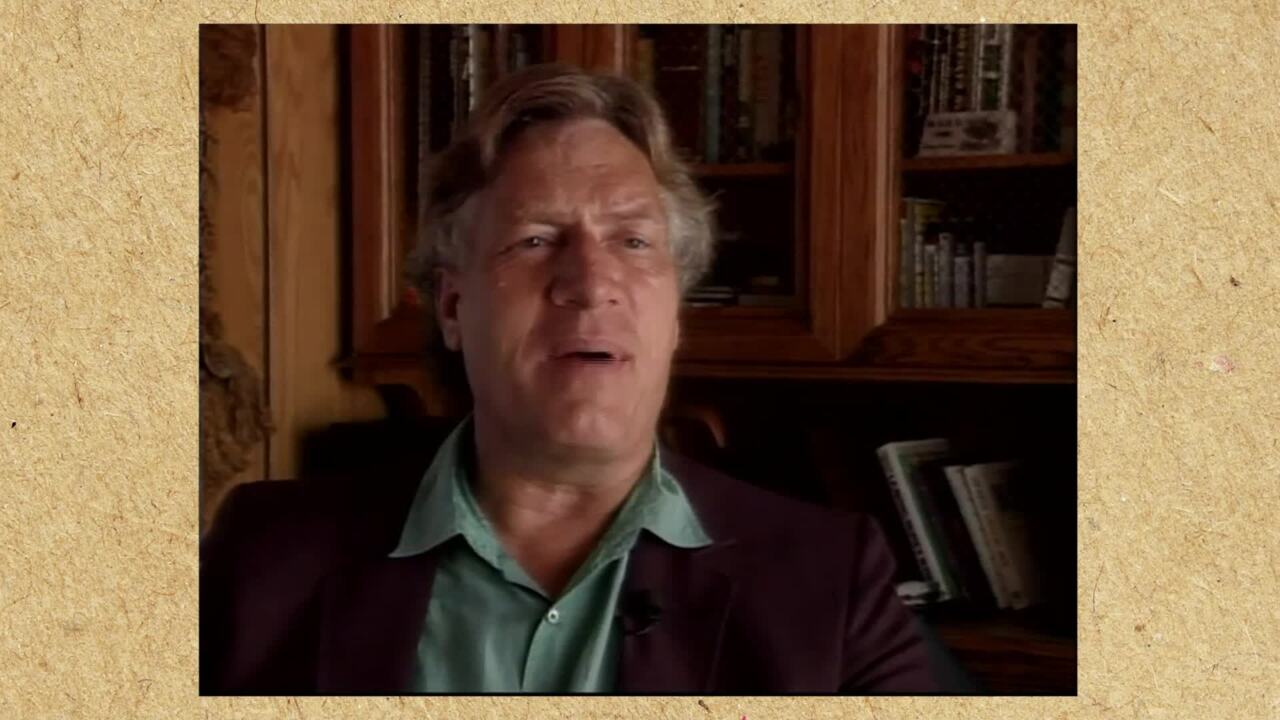
The Arpilleras of Chile (with Marjorie Agosin)
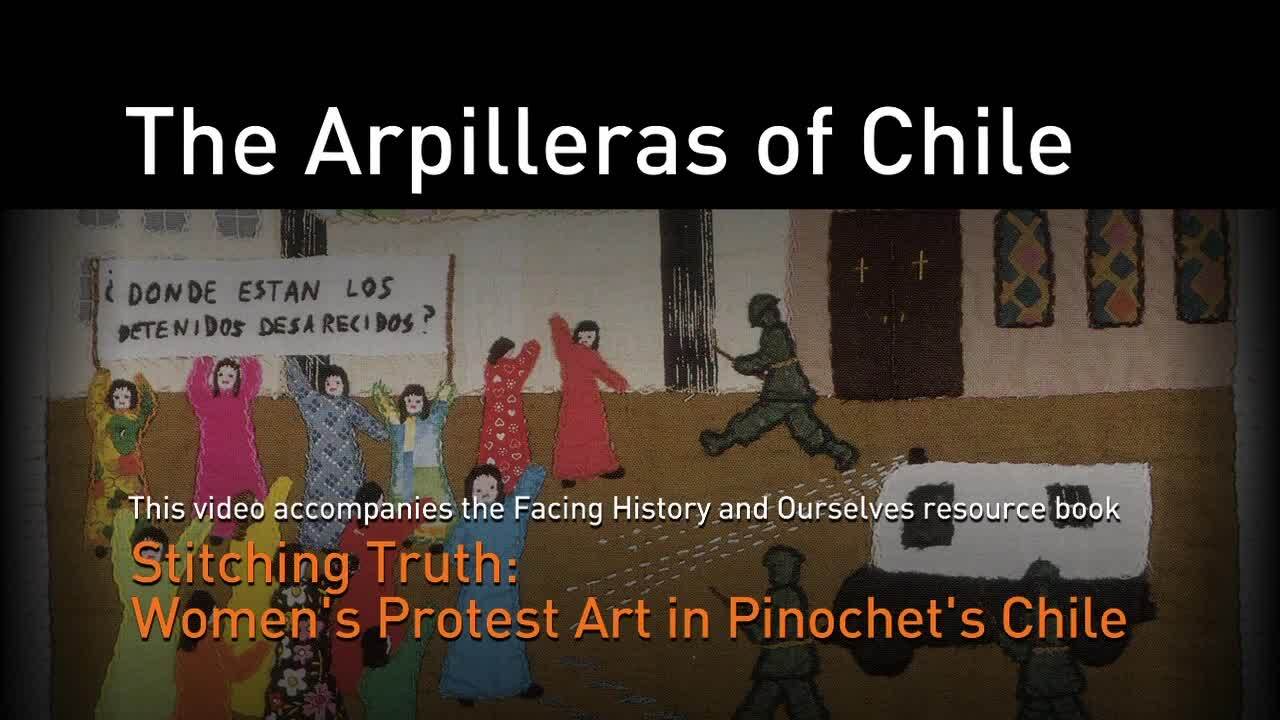
Tragedy Into Hope: Students Rally to Create a Memorial for Ell Persons
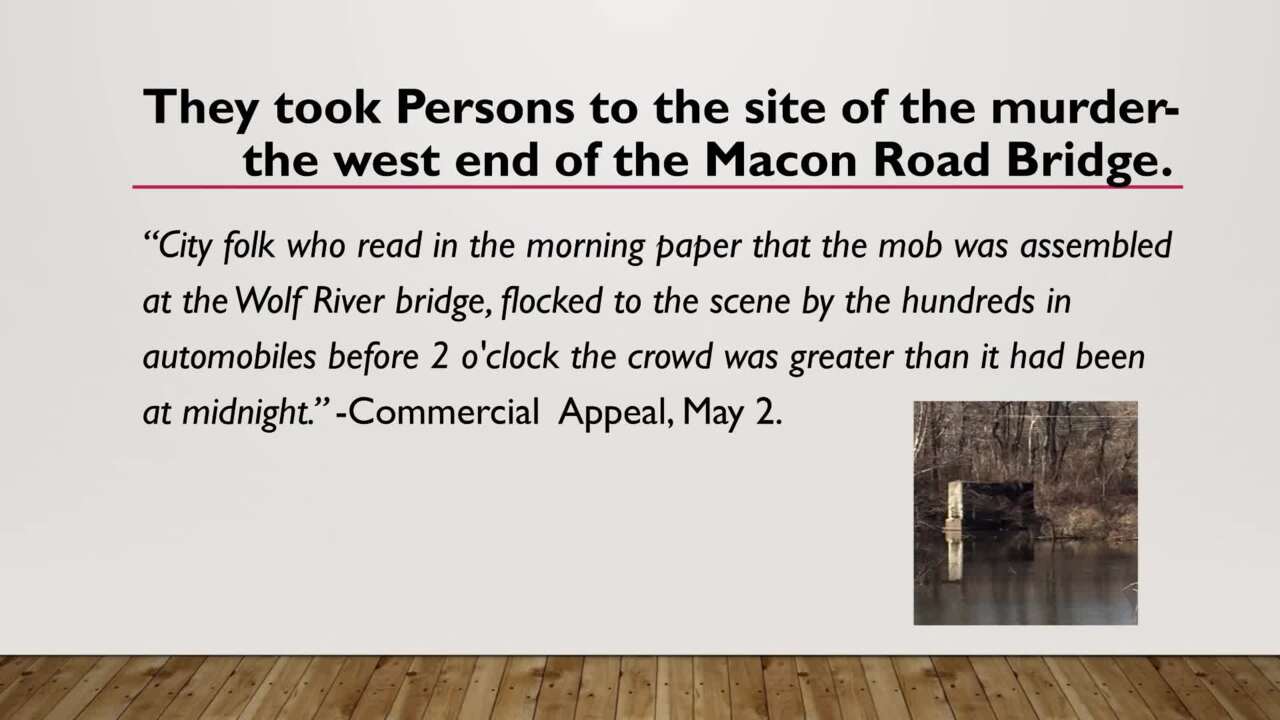
Congressman John Lewis on Bringing the Country Together (and His Aunt's Shotgun House)
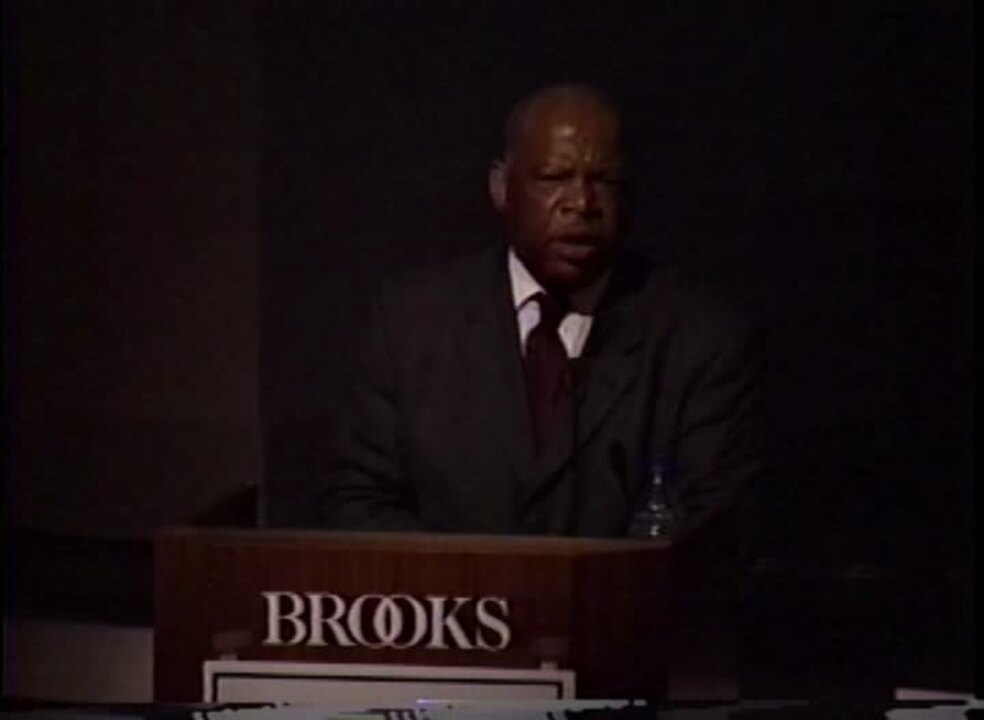
You might also be interested in…
Americans and the Holocaust: The Refugee Crisis
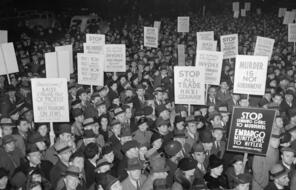
Dismantling Democracy (UK)
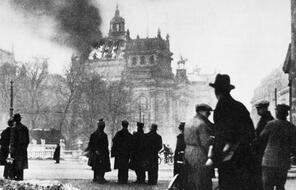
Jewish History and Memory: Why Study the Past?
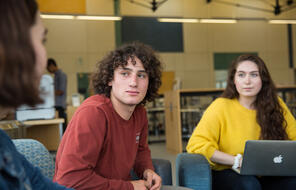
The Holocaust - Bearing Witness (UK)
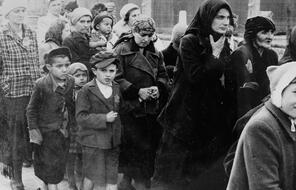
The Holocaust - The Range of Responses (UK)
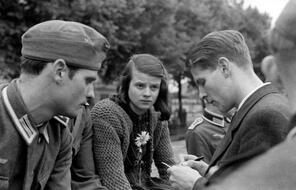
How Should We Remember? (UK)
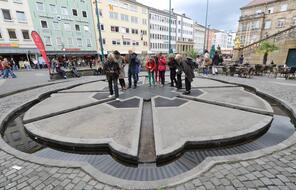
Justice and Judgement after the Holocaust (UK)
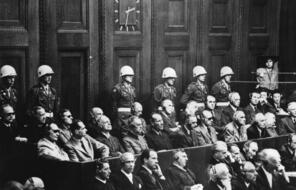
Kristallnacht (UK)
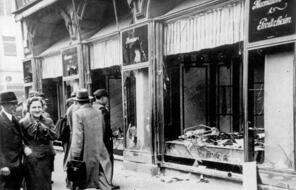
Jewish Identity and the Complexities of Dual or Multiple Belongings

Race and Space (UK)
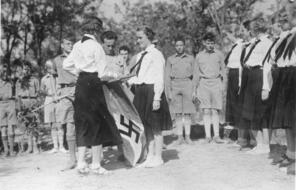
The Rise of the Nazi Party (UK)

The Roots and Impact of Antisemitism (UK)
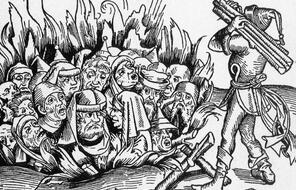
Unlimited Access to Learning. More Added Every Month.
Facing History & Ourselves is designed for educators who want to help students explore identity, think critically, grow emotionally, act ethically, and participate in civic life. It’s hard work, so we’ve developed some go-to professional learning opportunities to help you along the way.
Exploring ELA Text Selection with Julia Torres
On-Demand
Working for Justice, Equity and Civic Agency in Our Schools: A Conversation with Clint Smith
On-Demand
Centering Student Voices to Build Community and Agency
On-Demand

